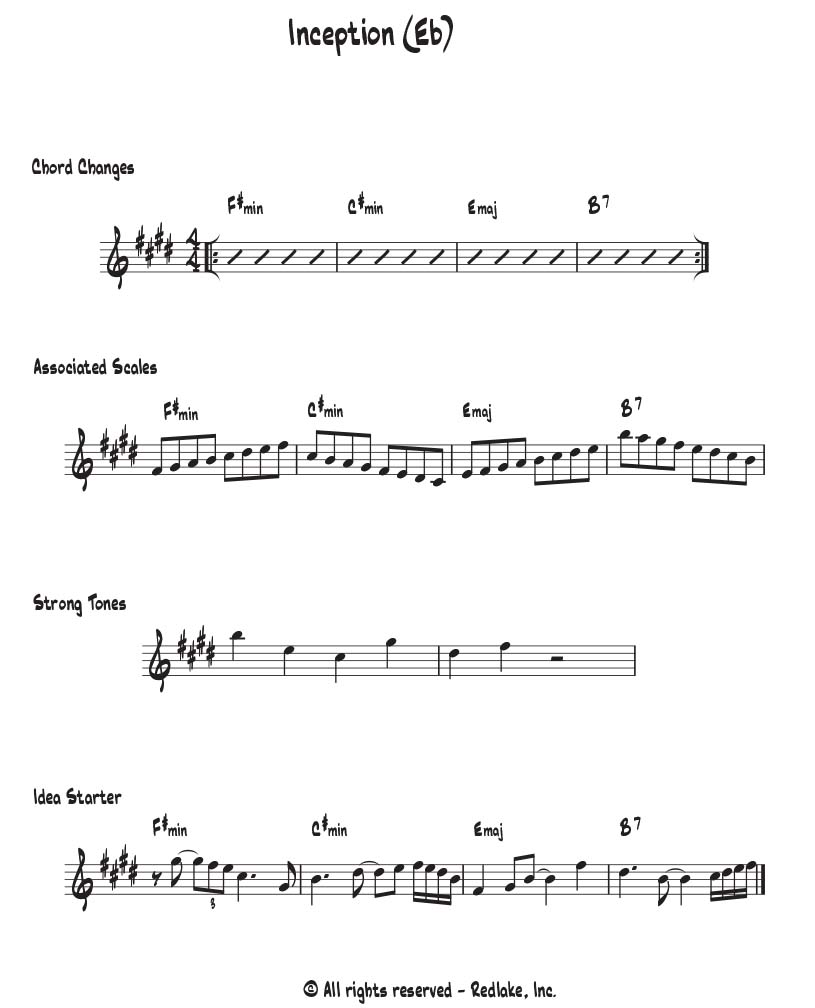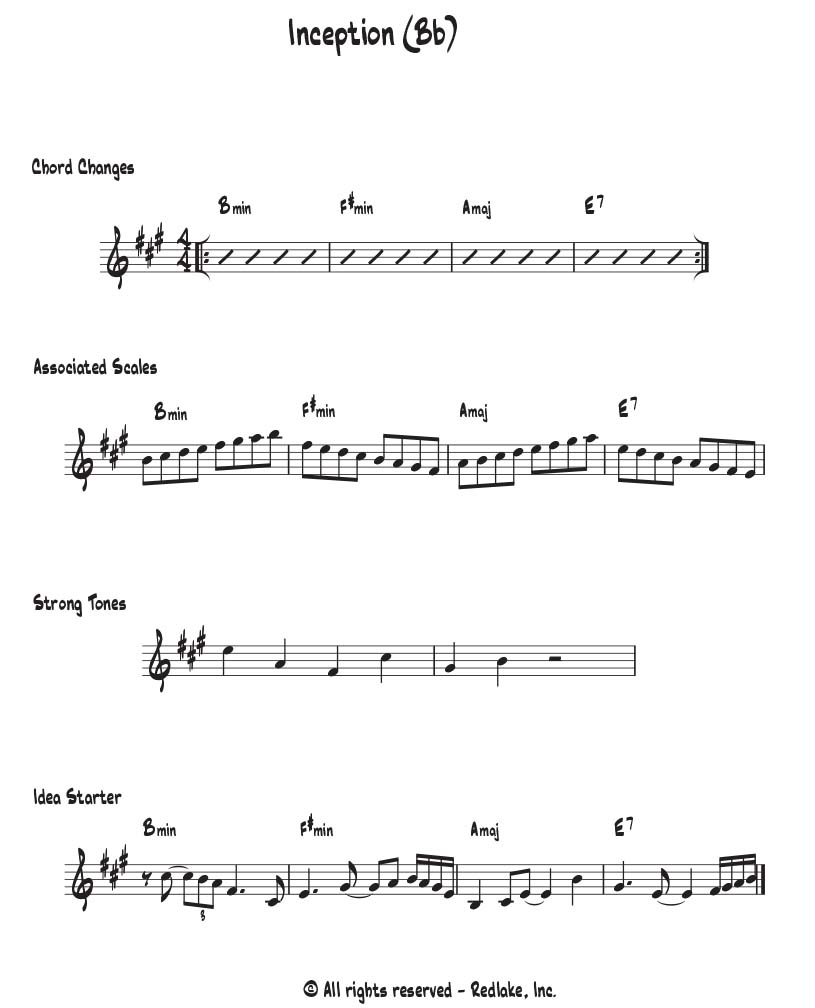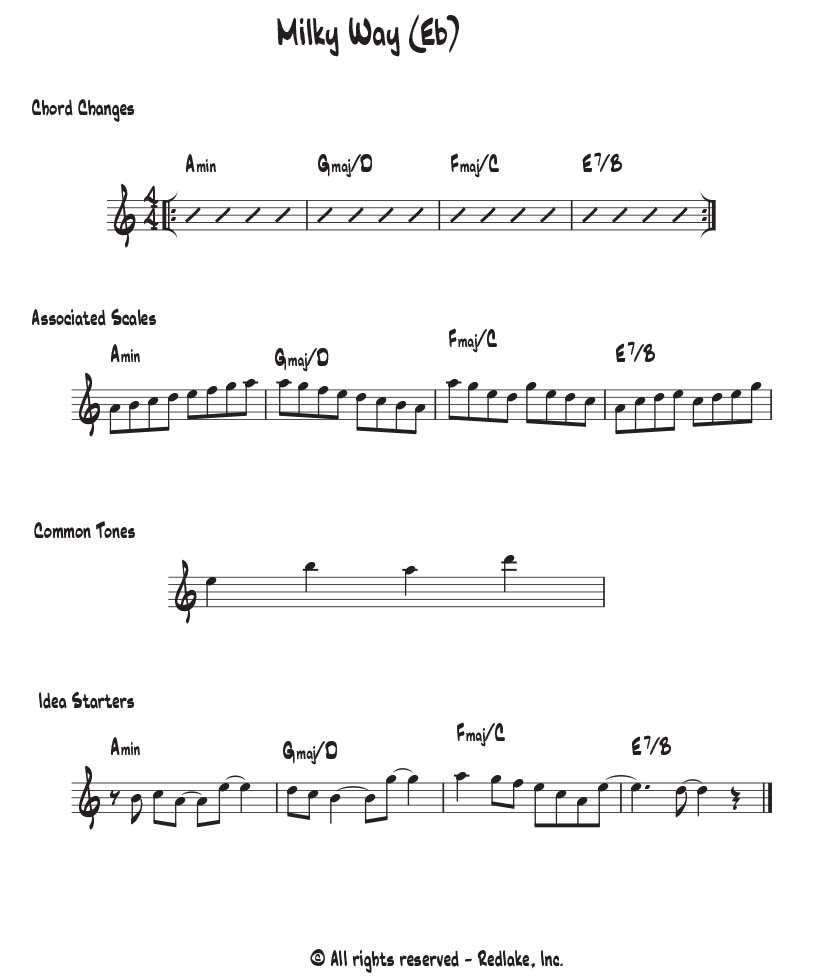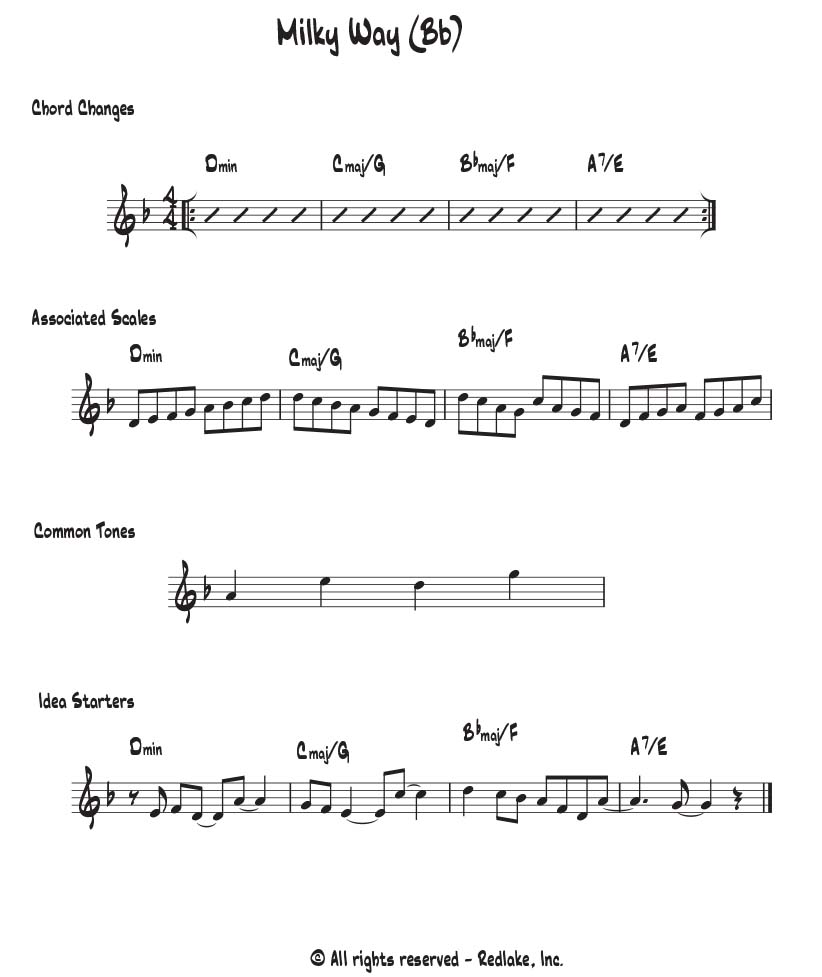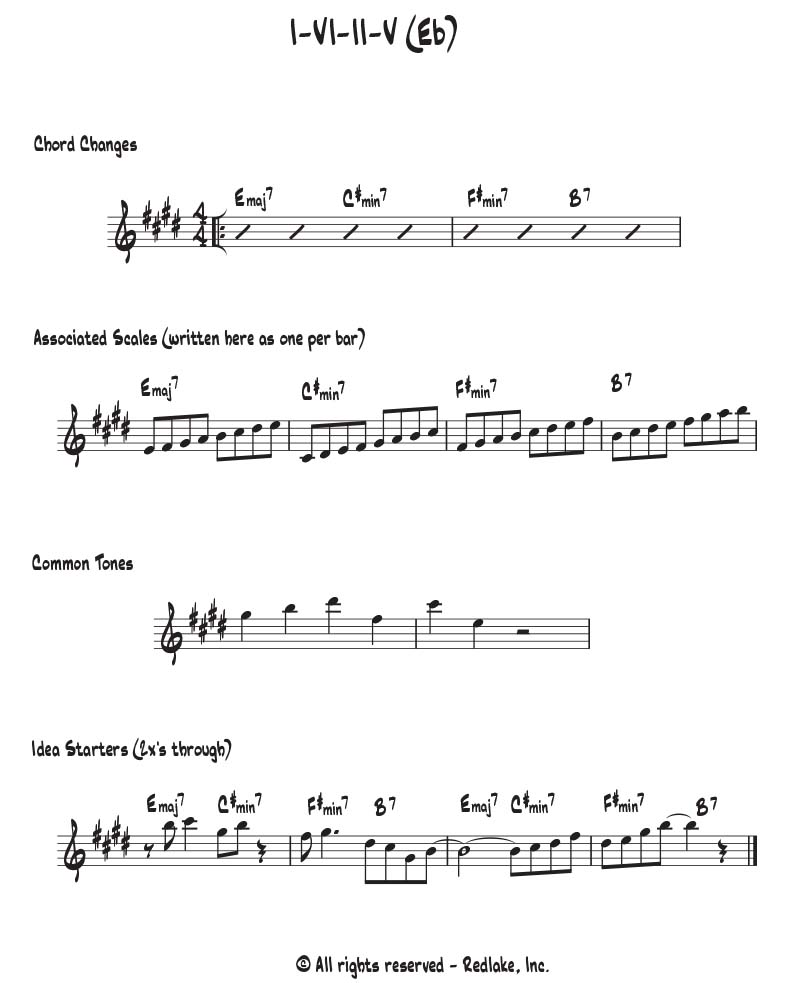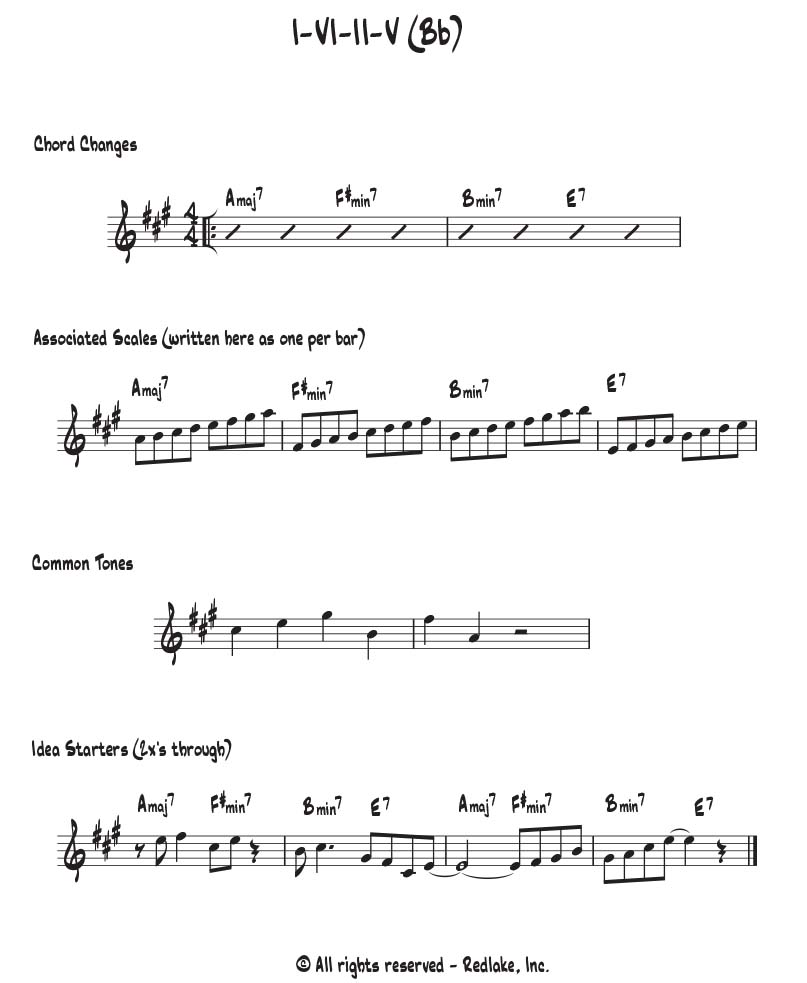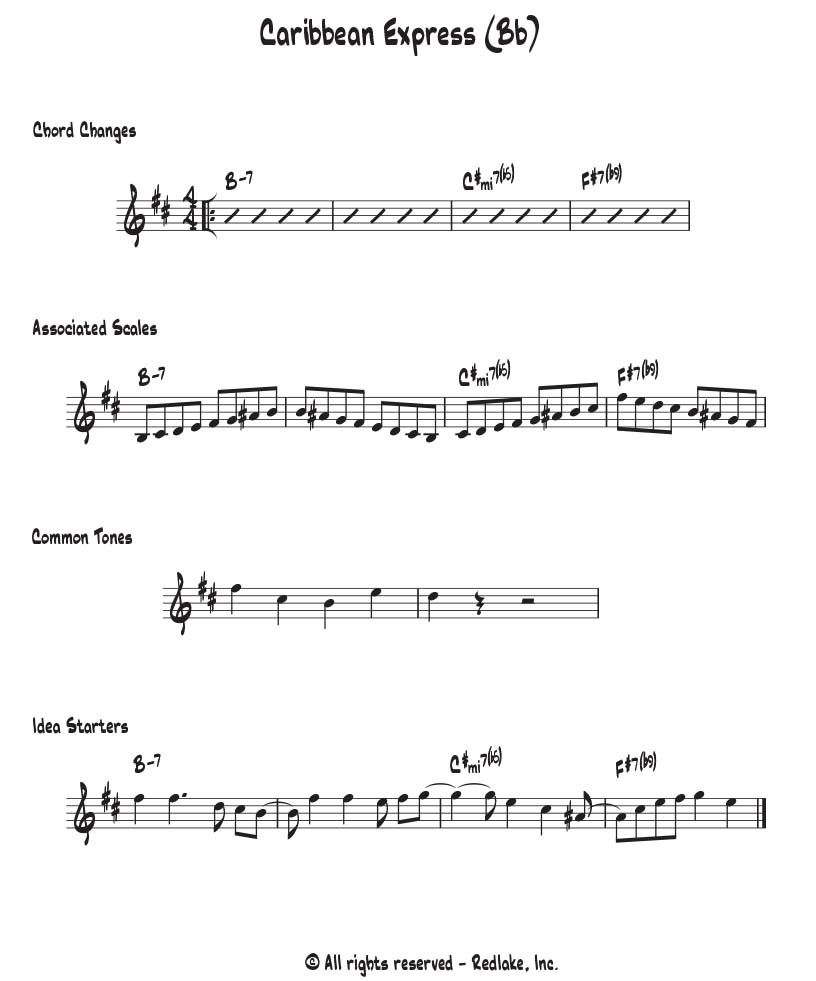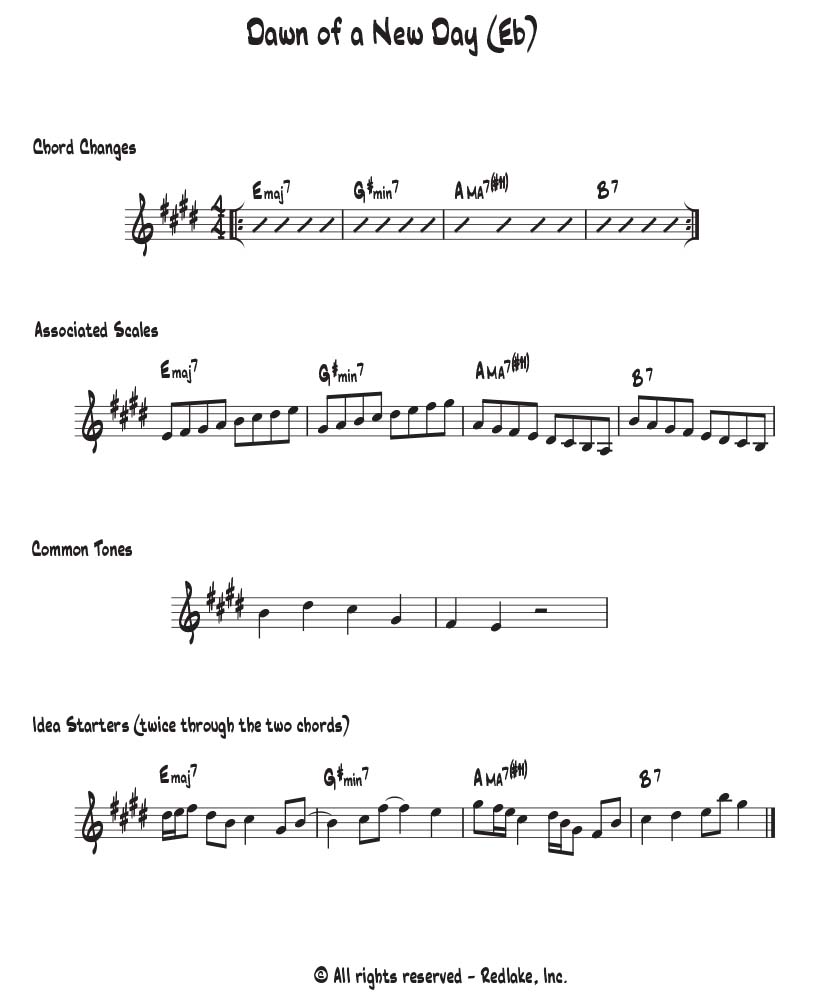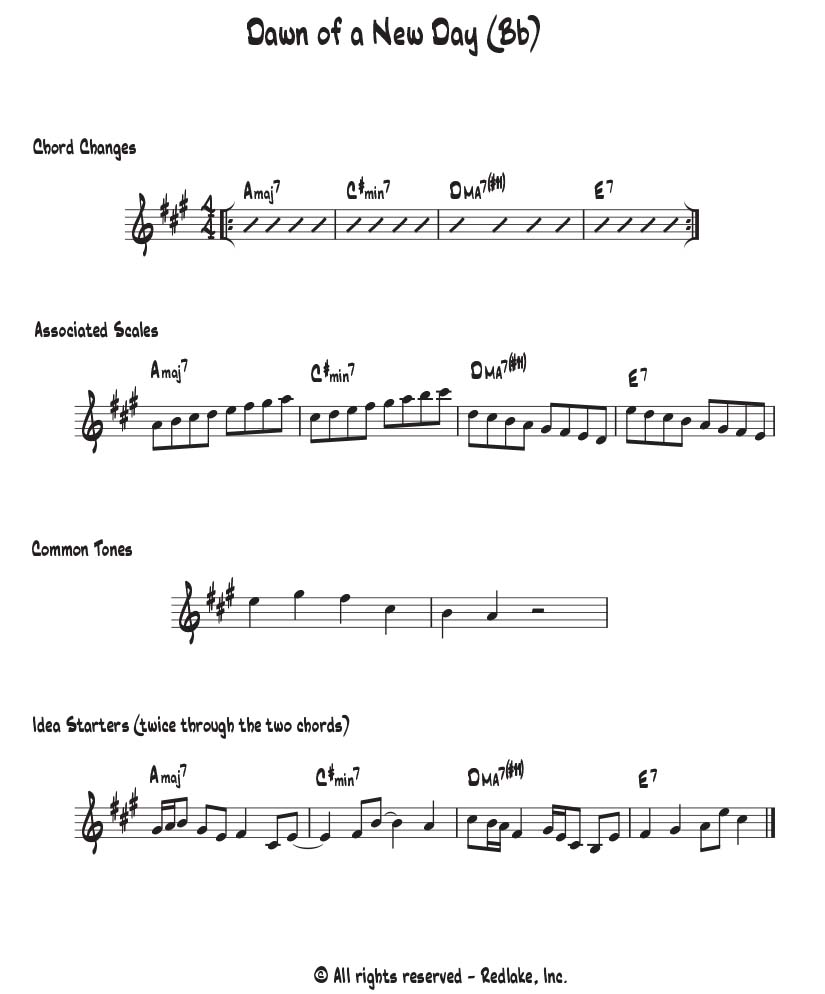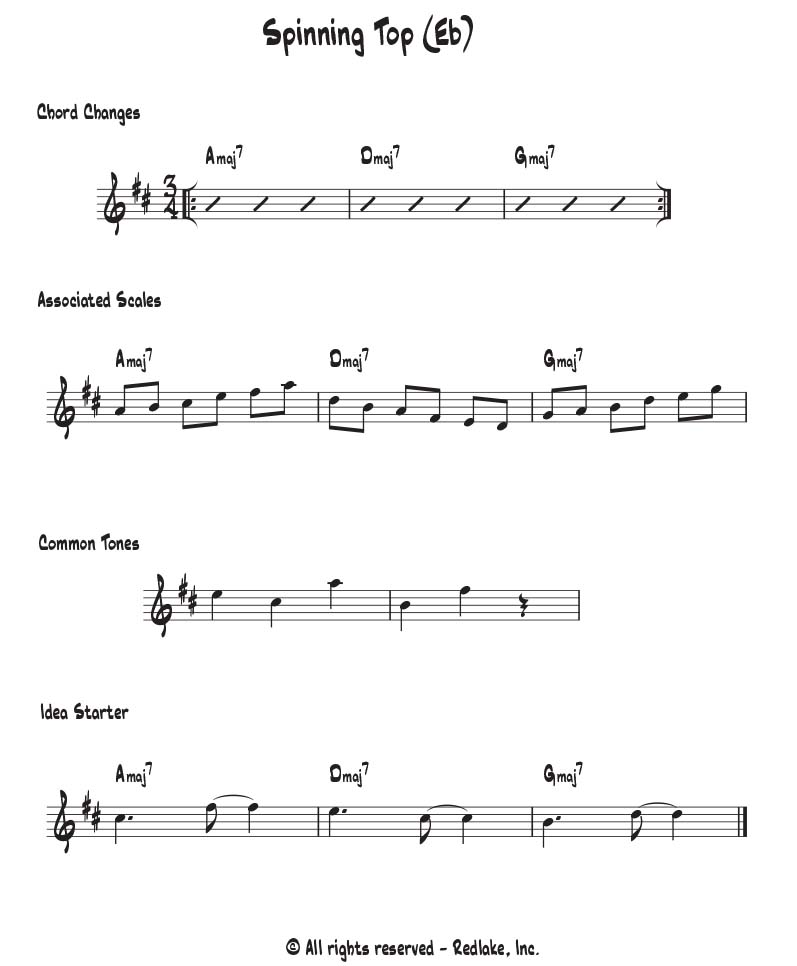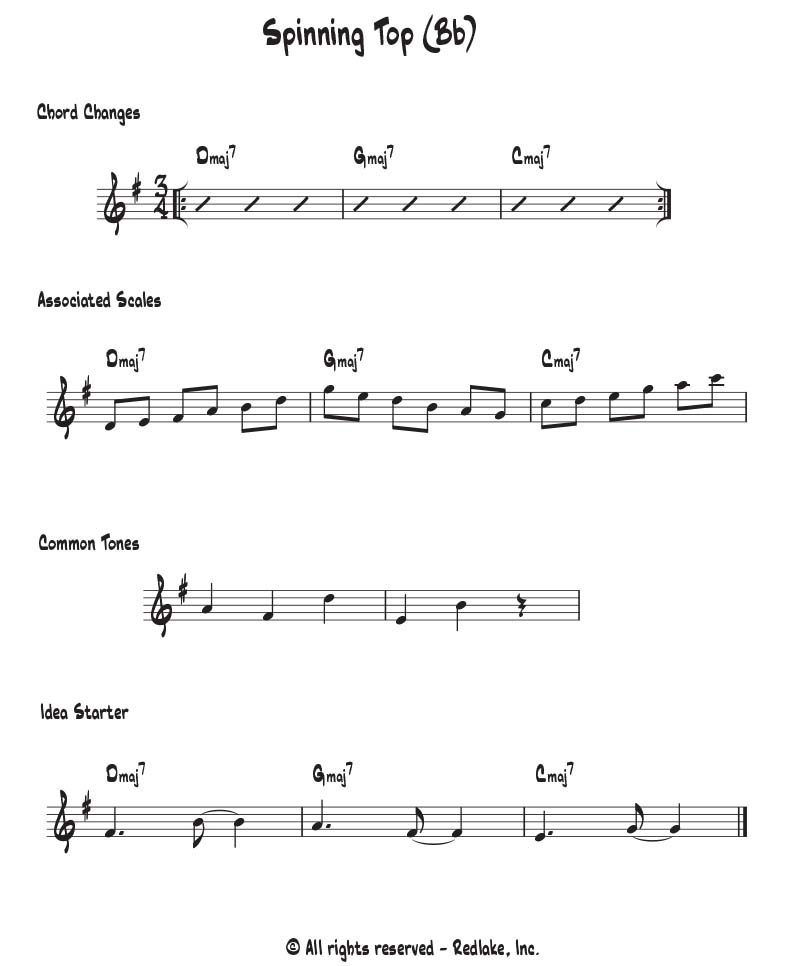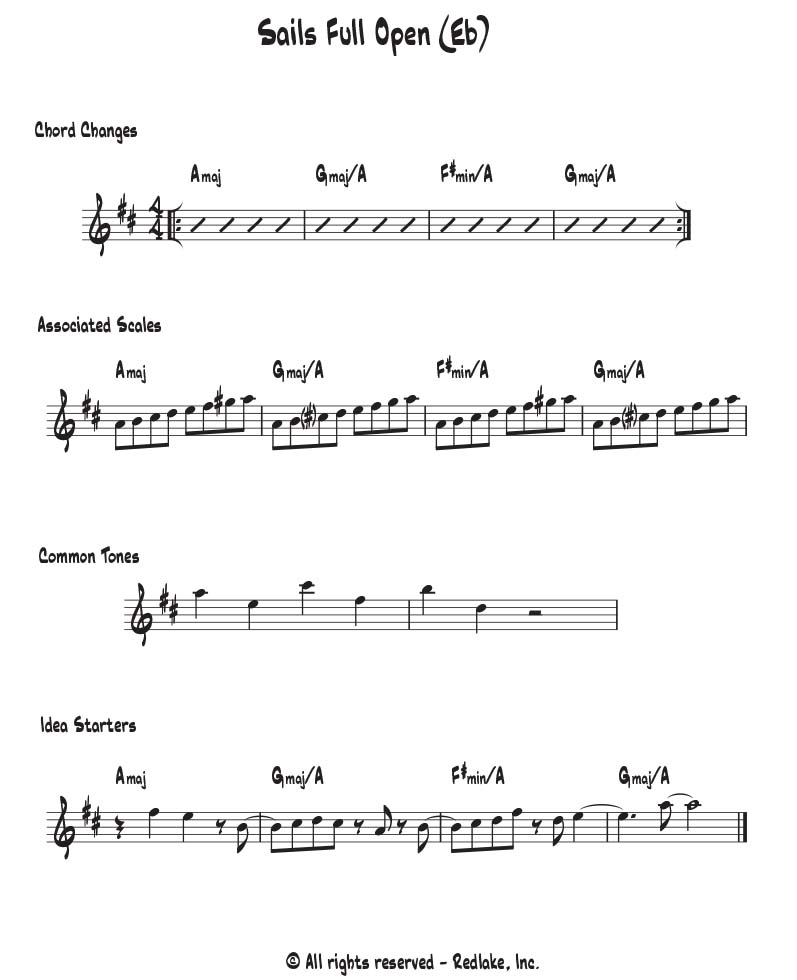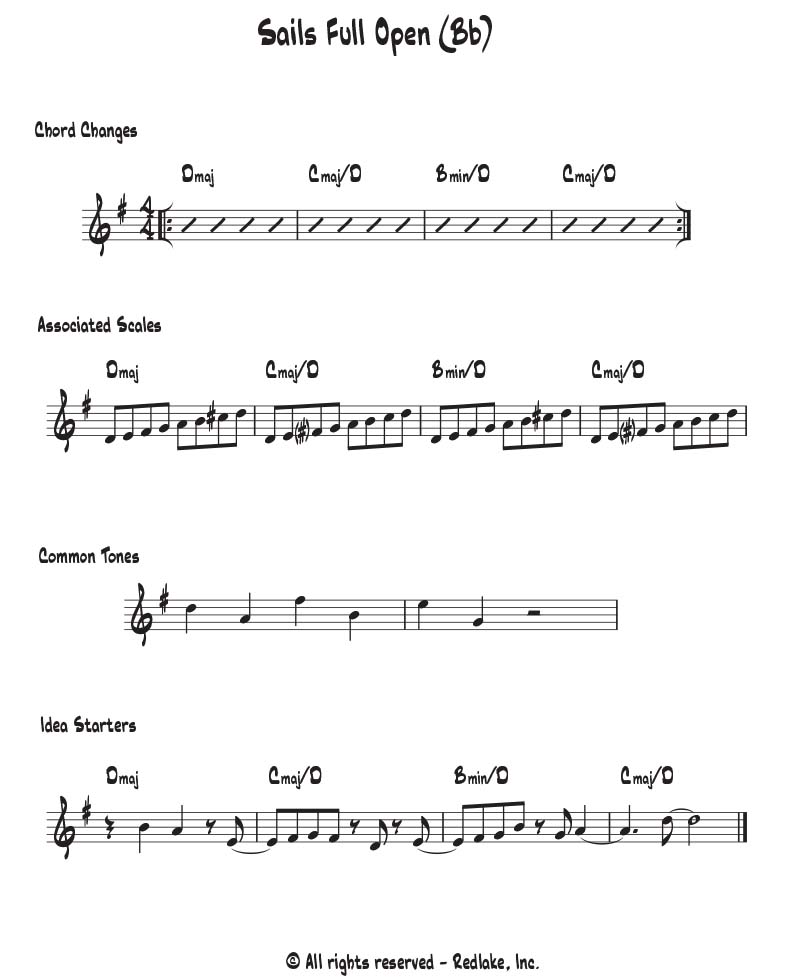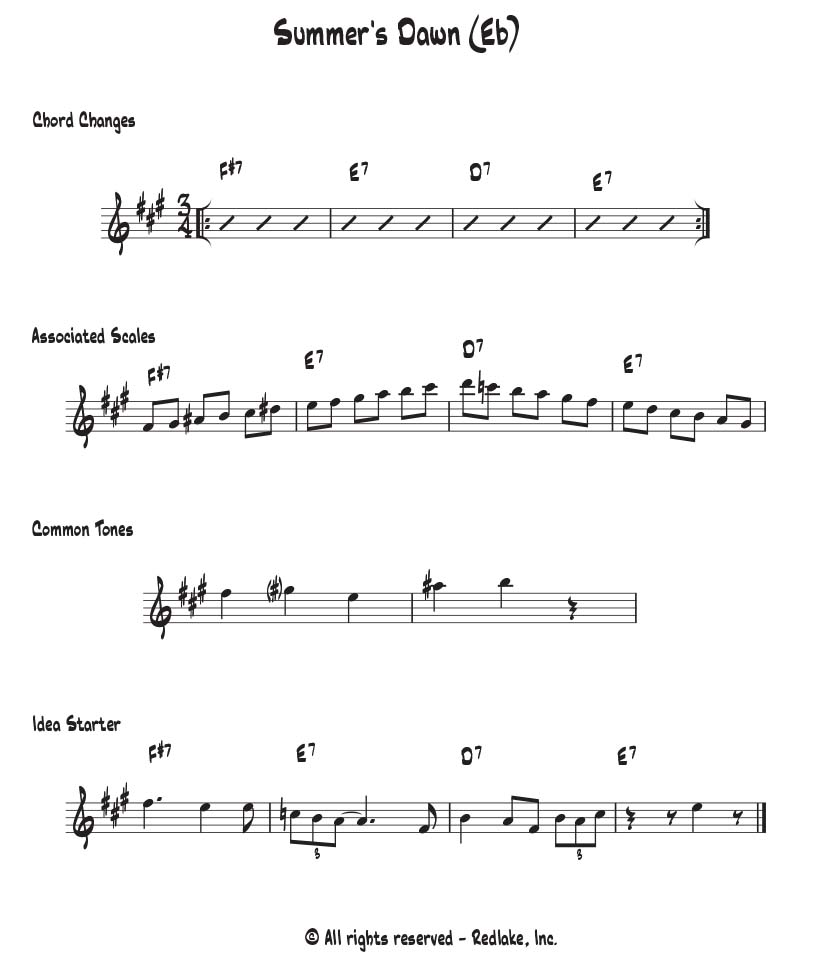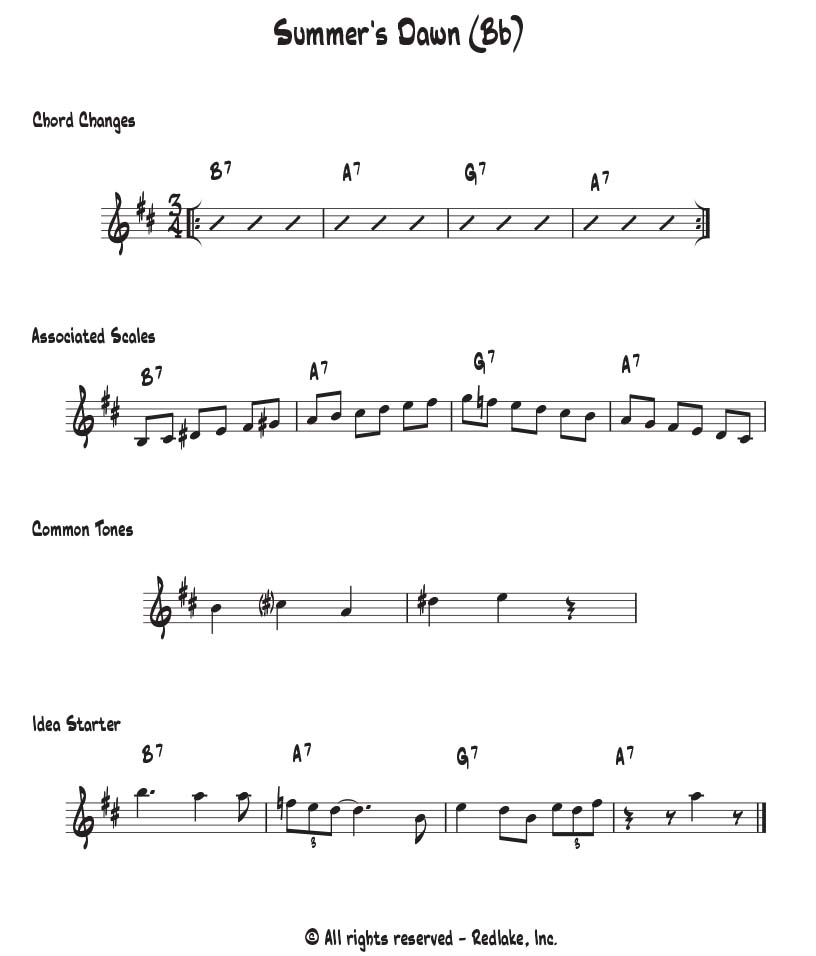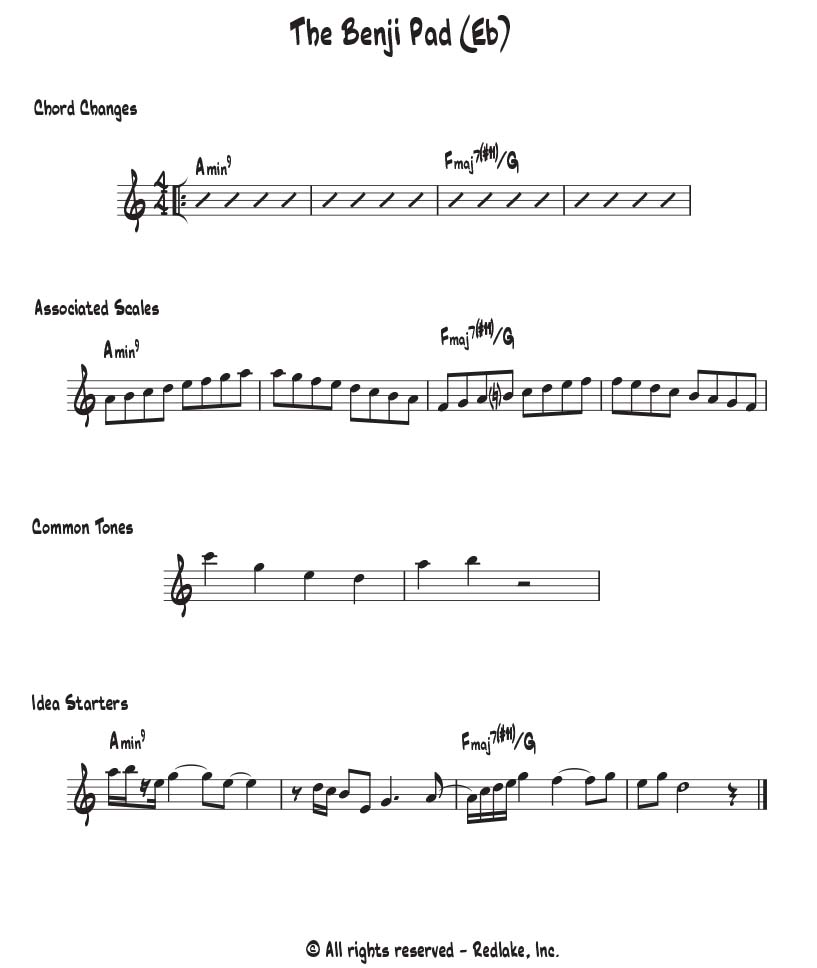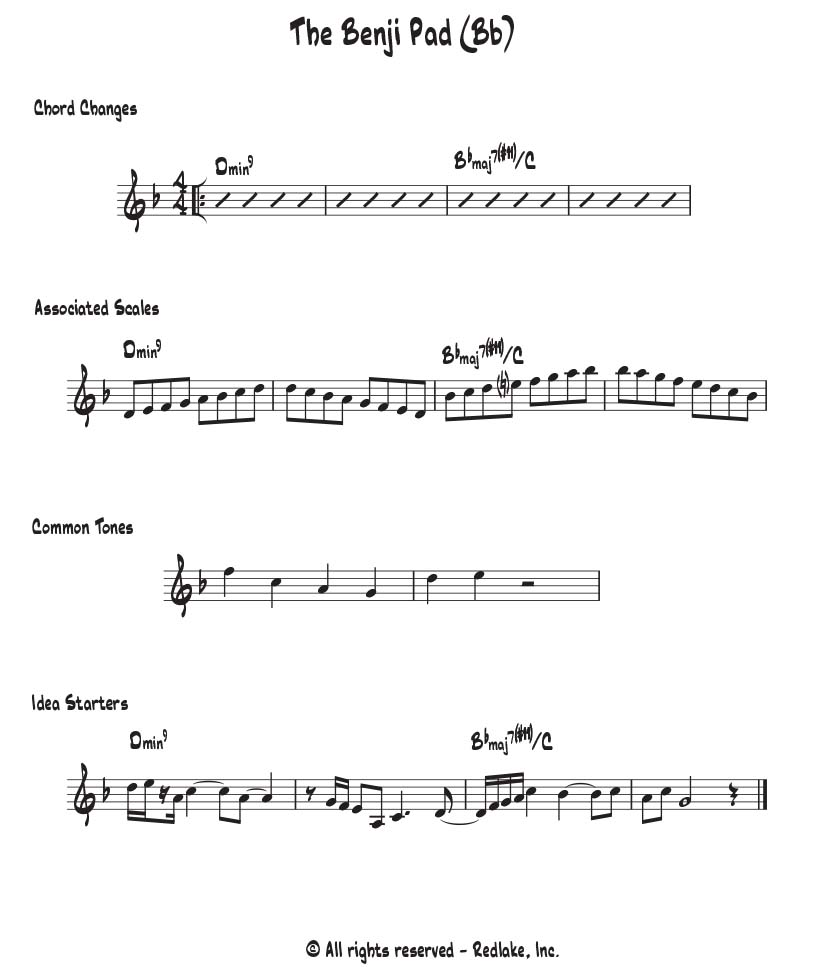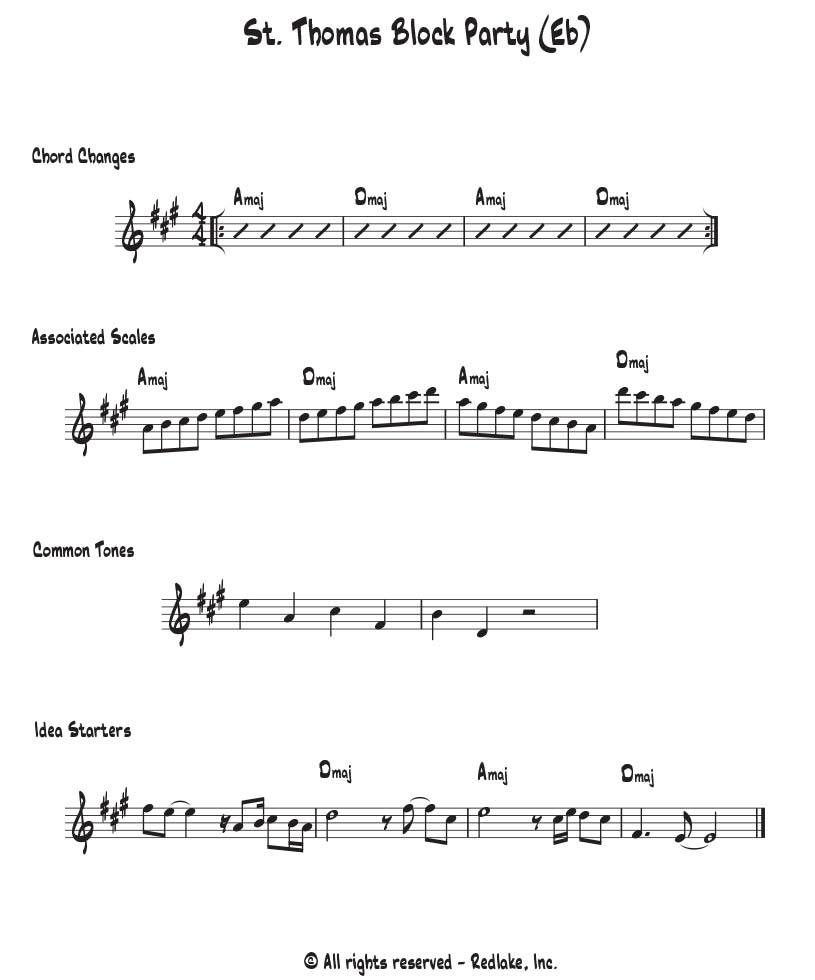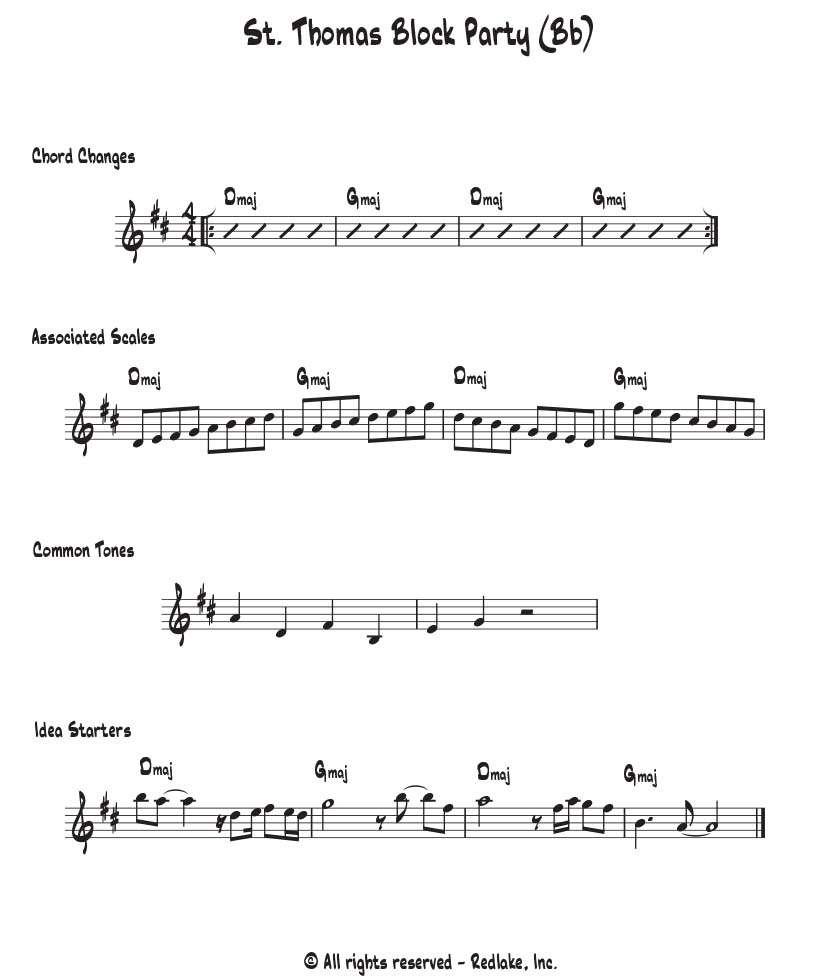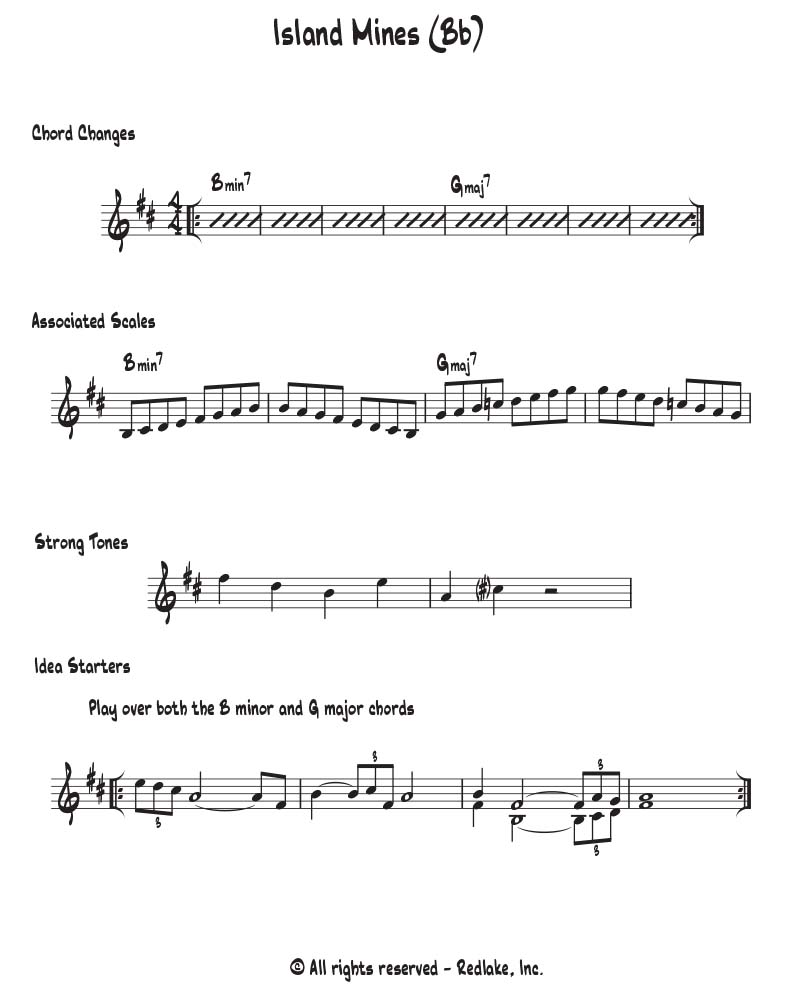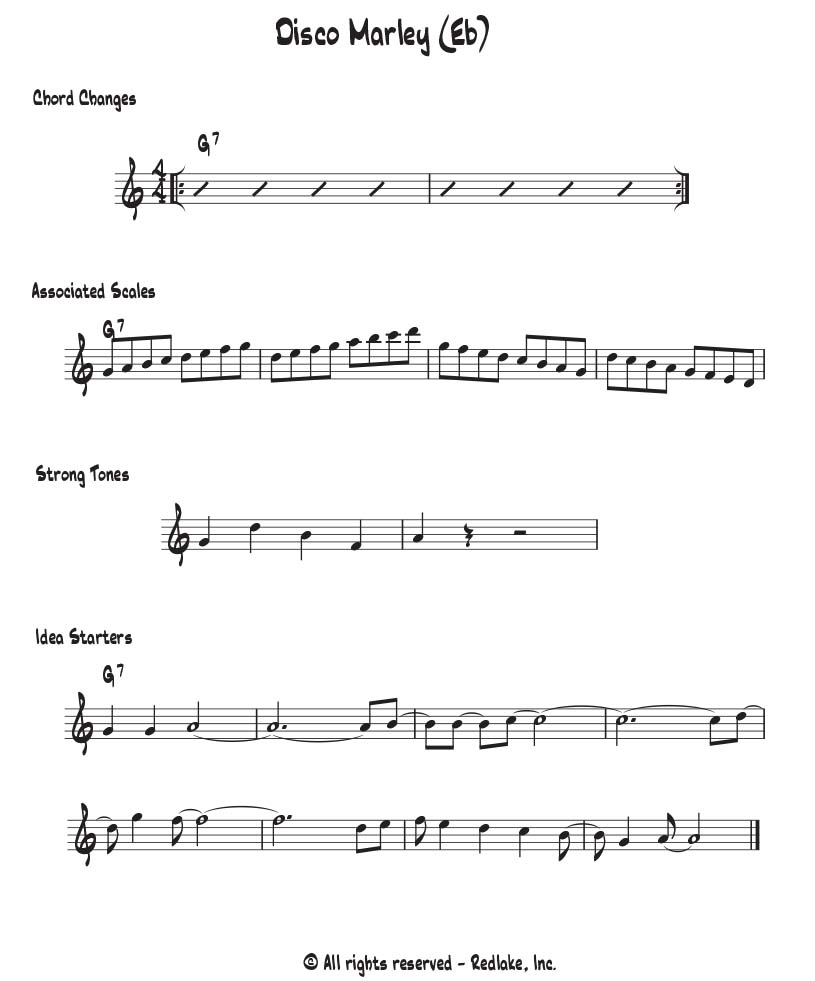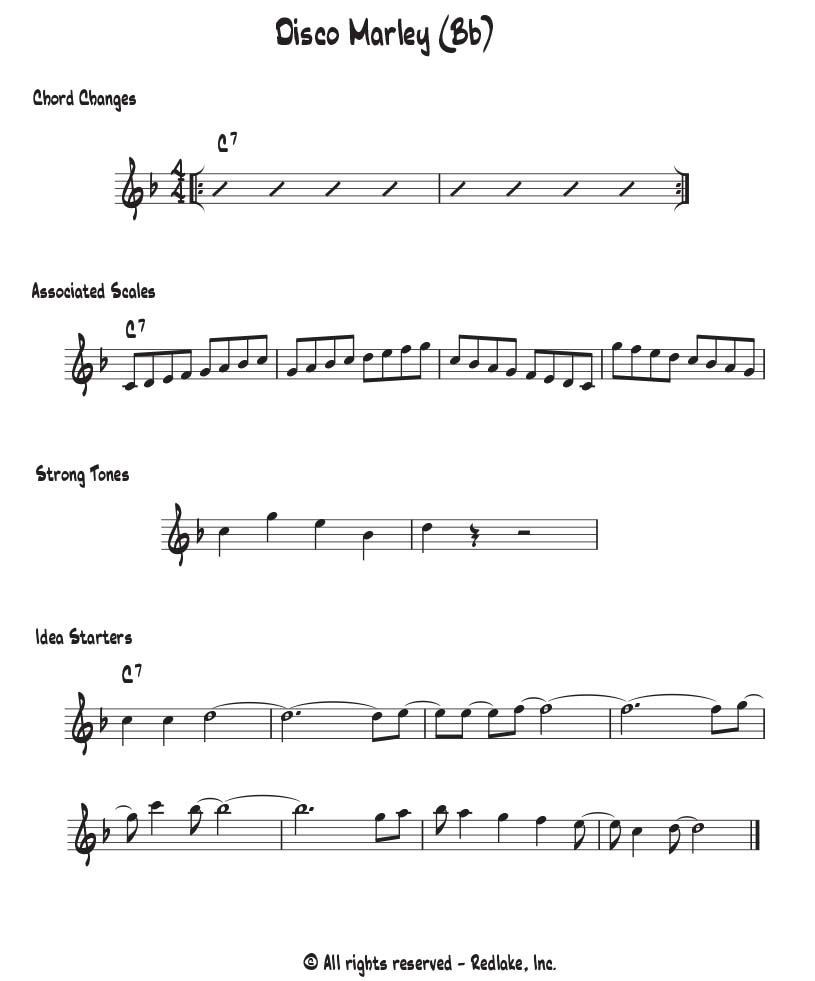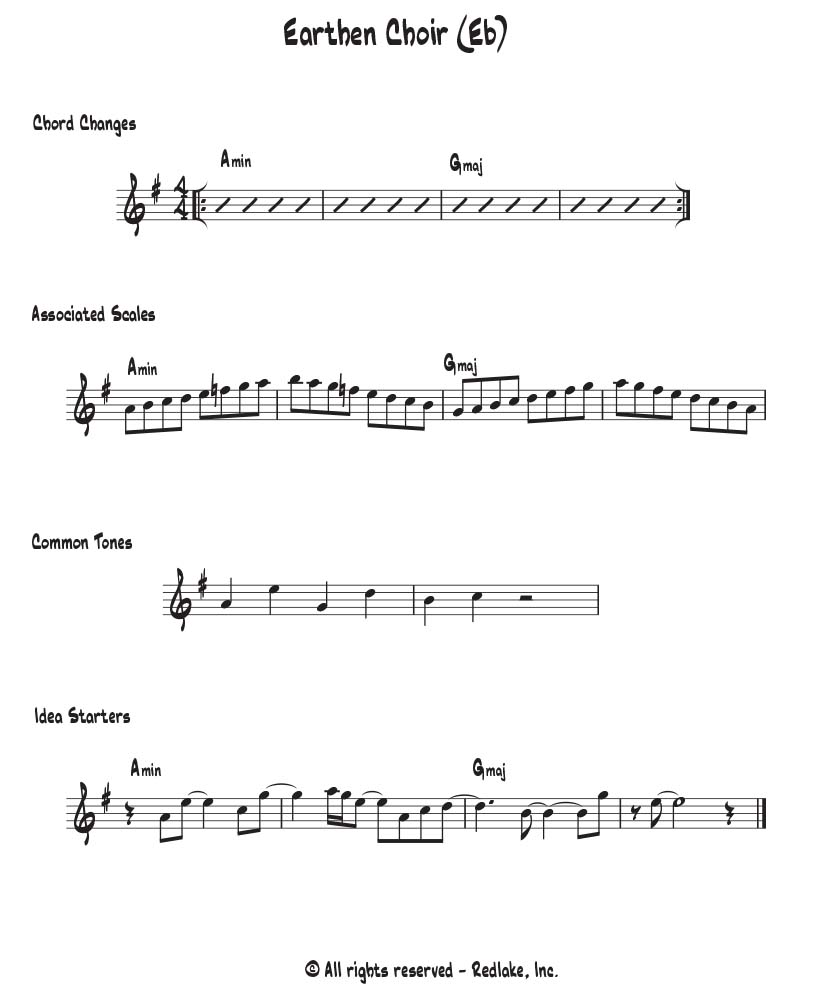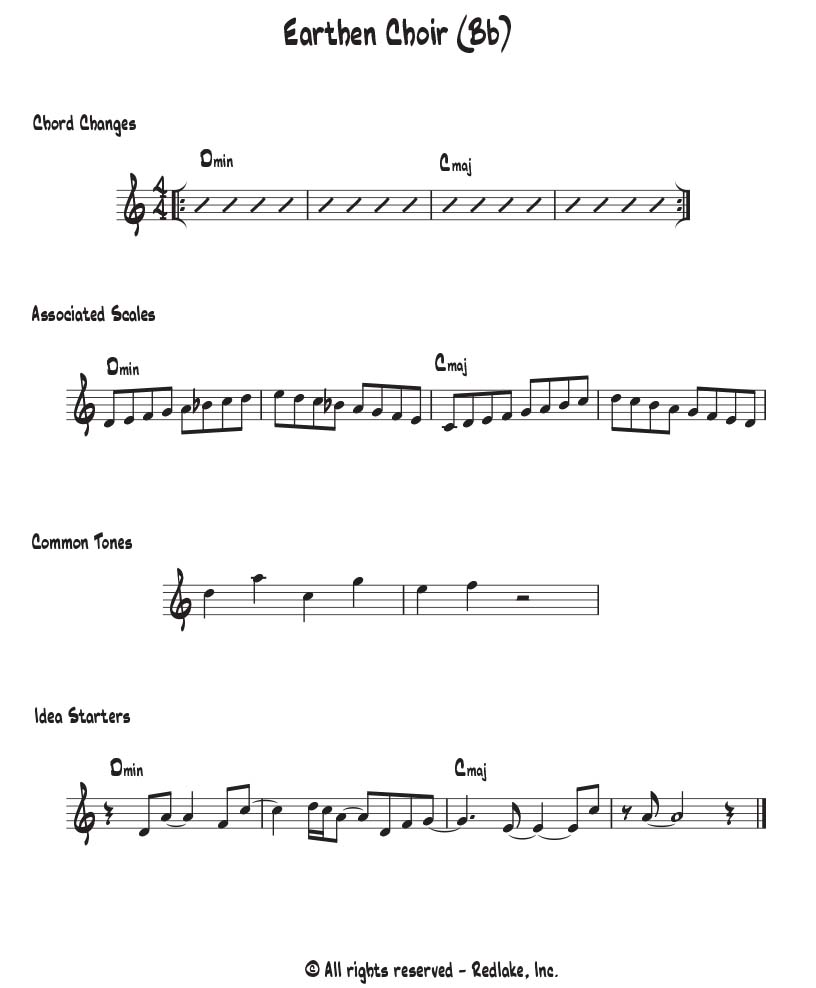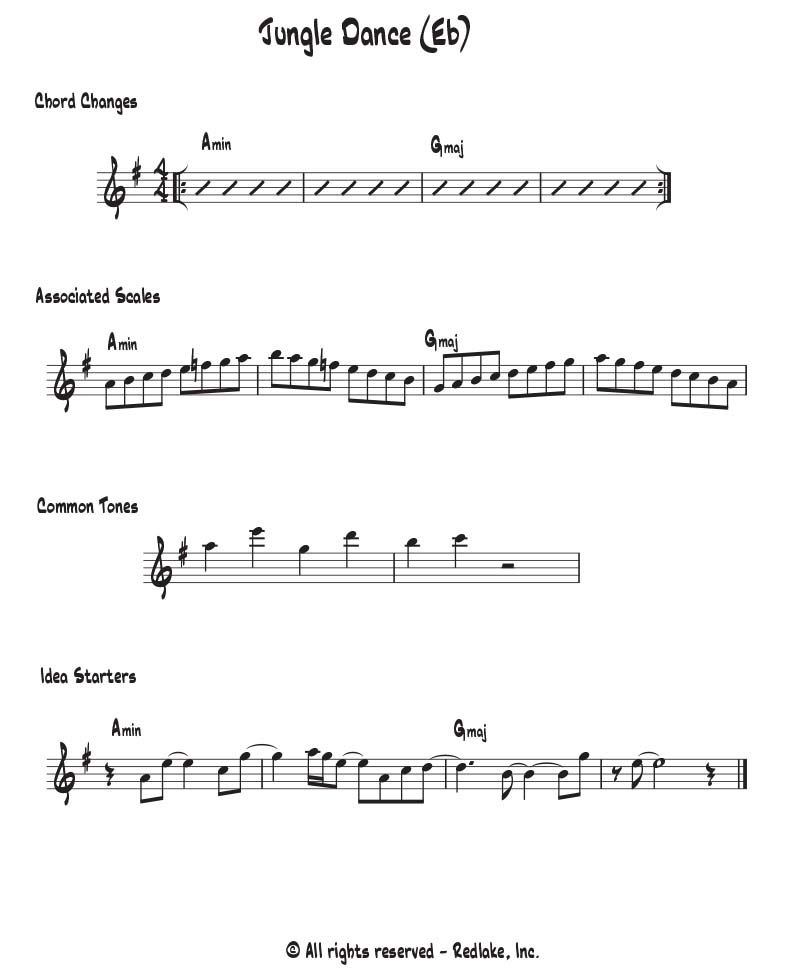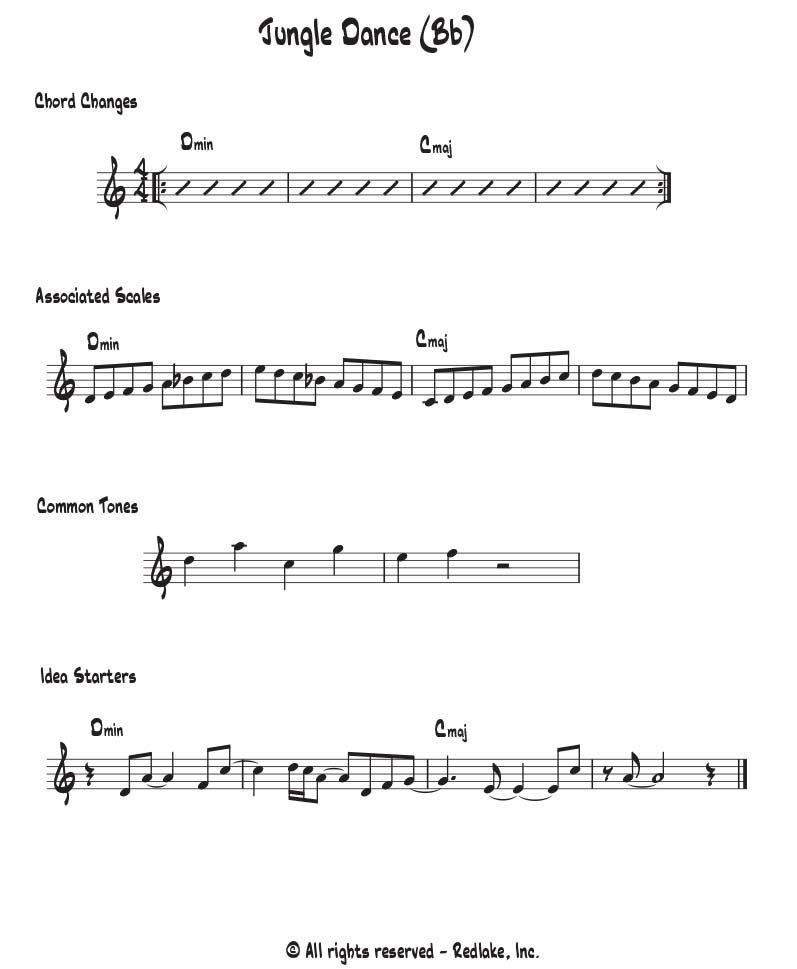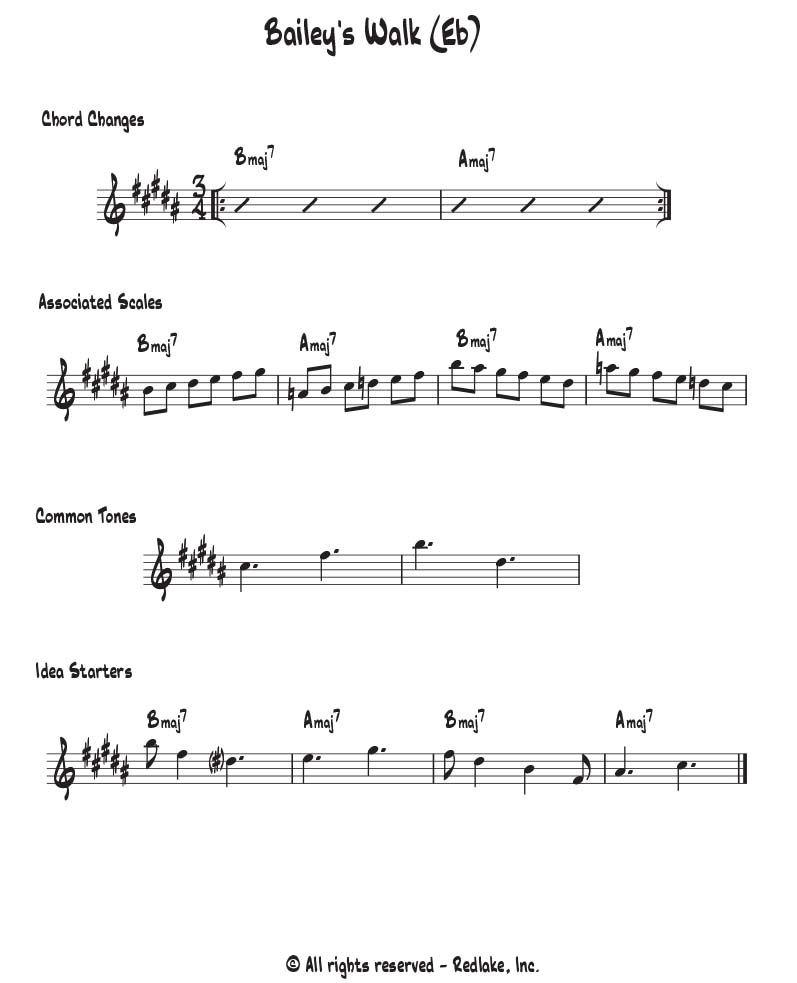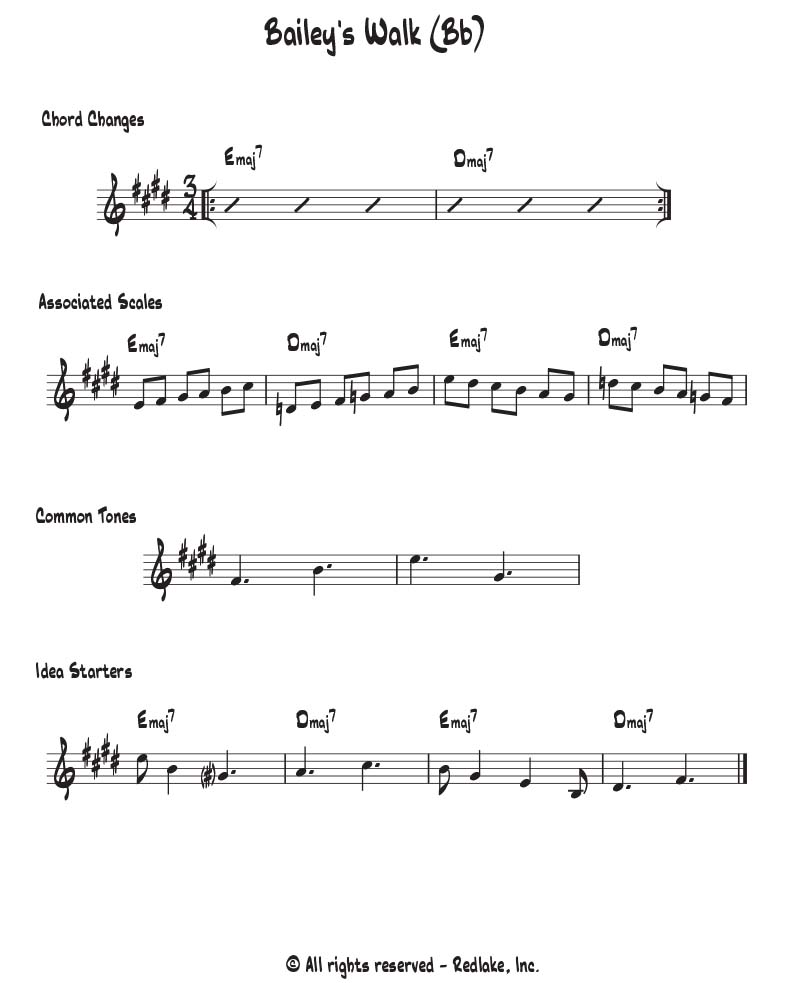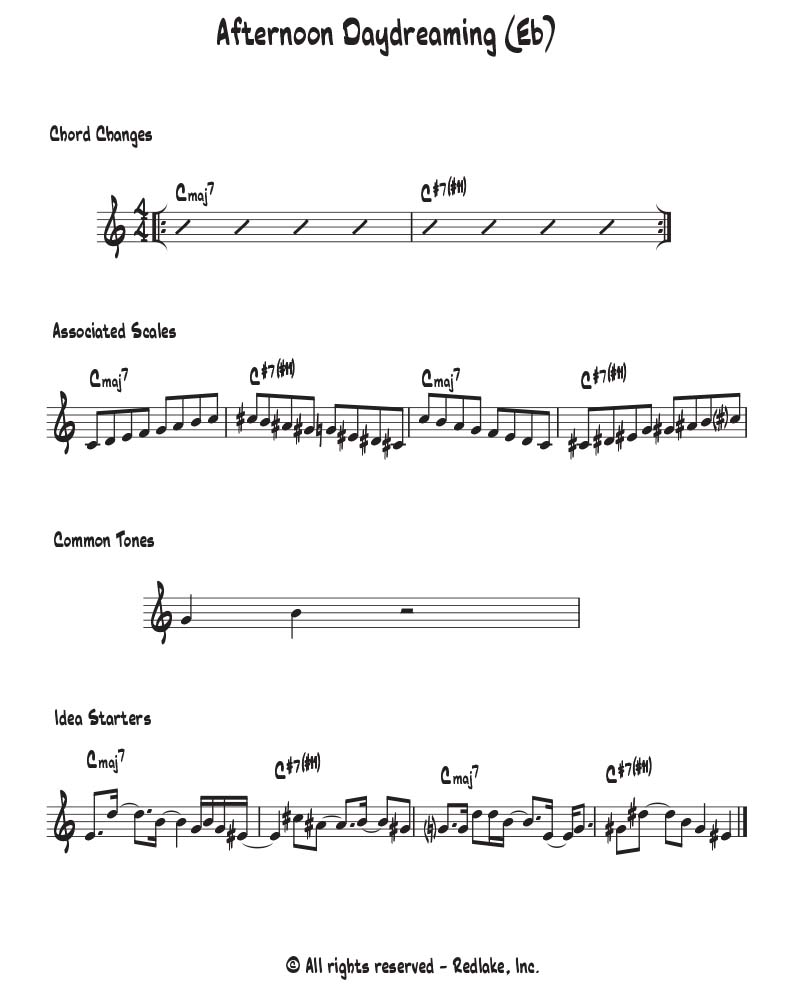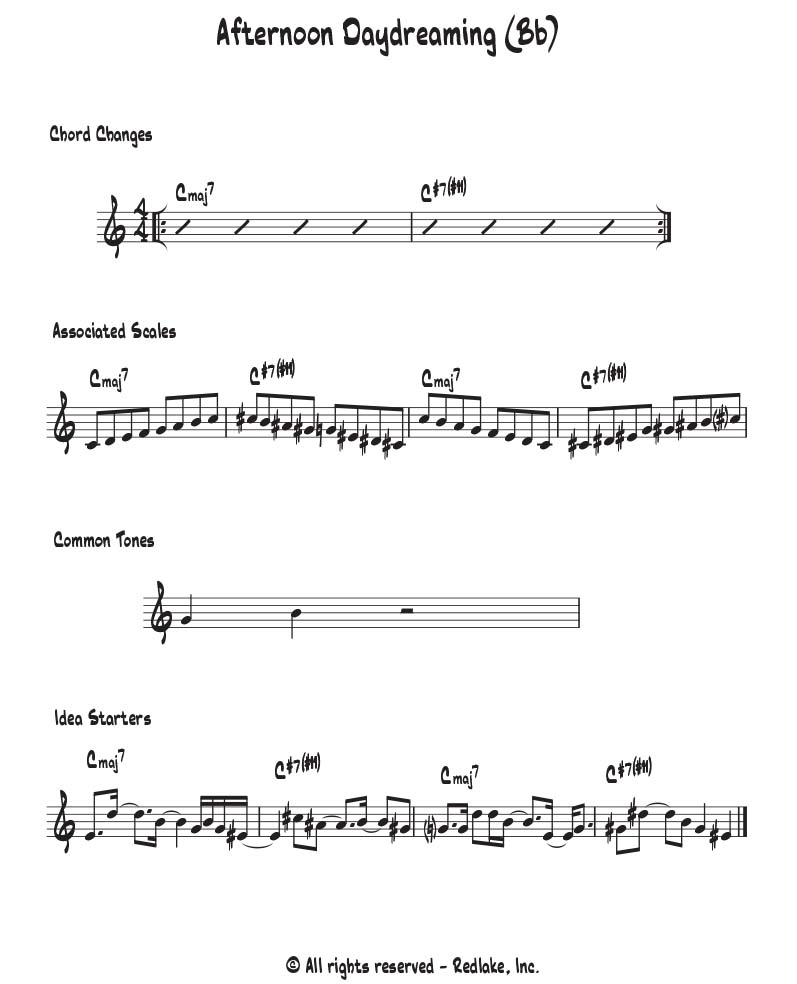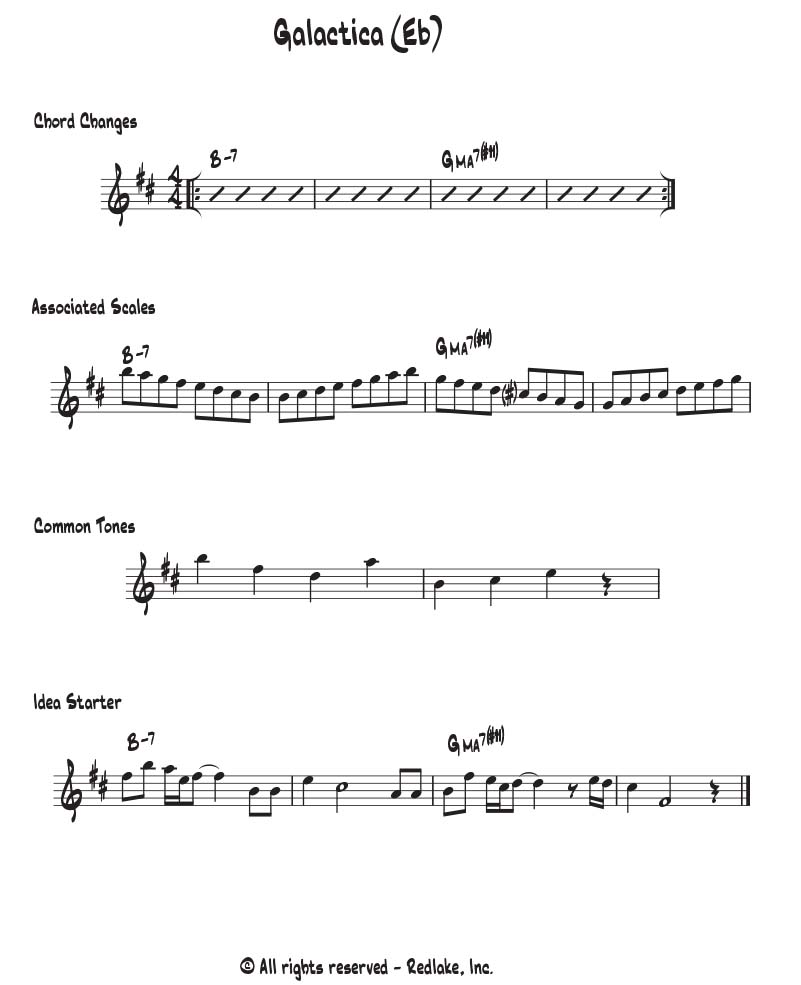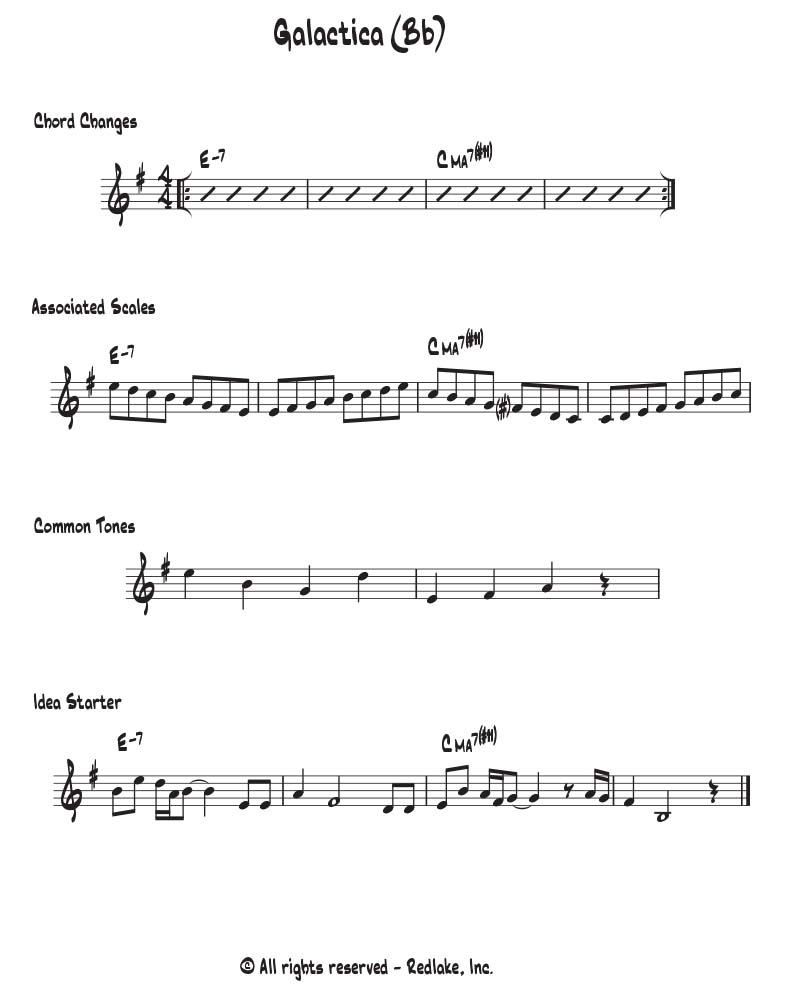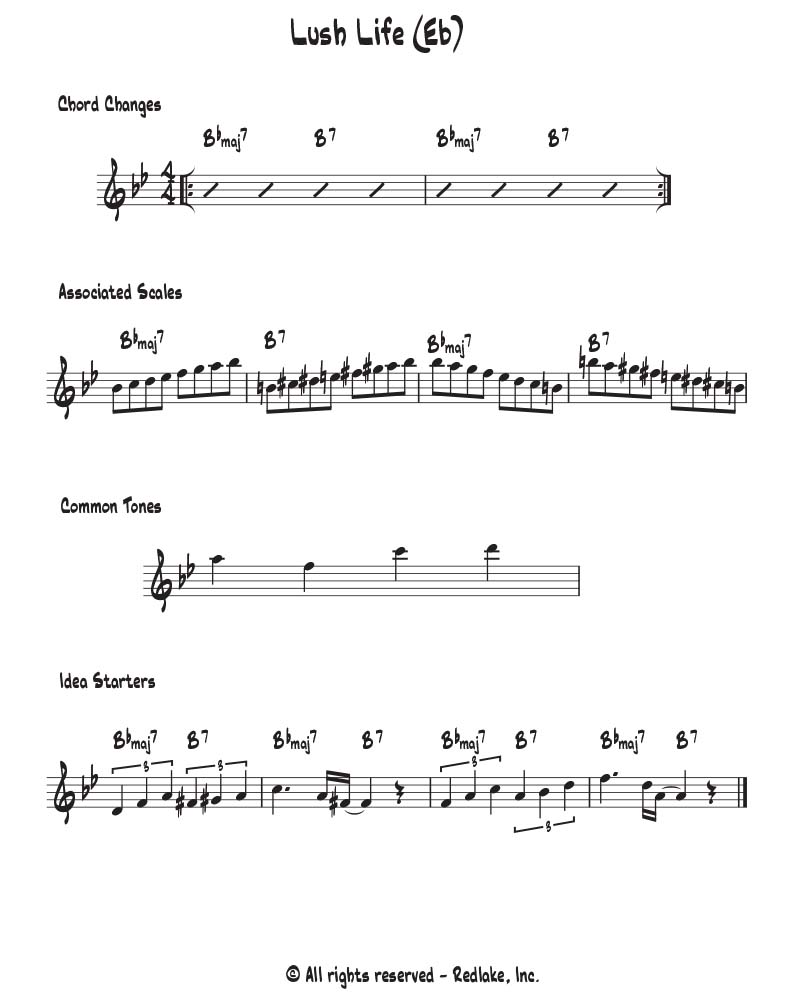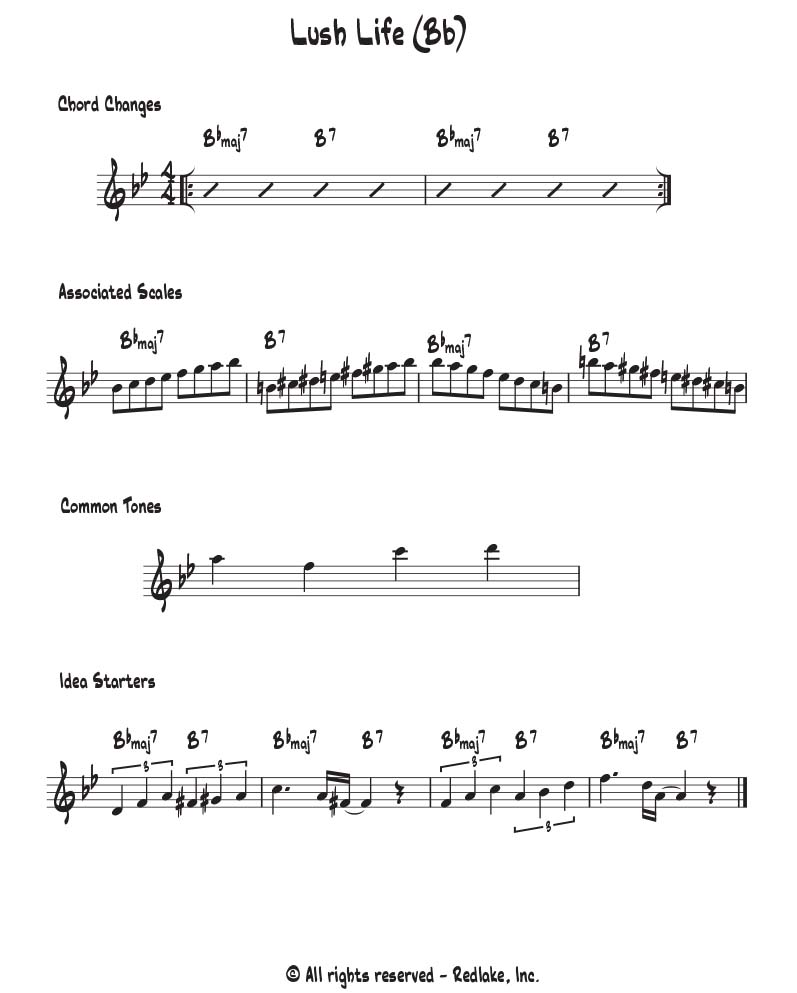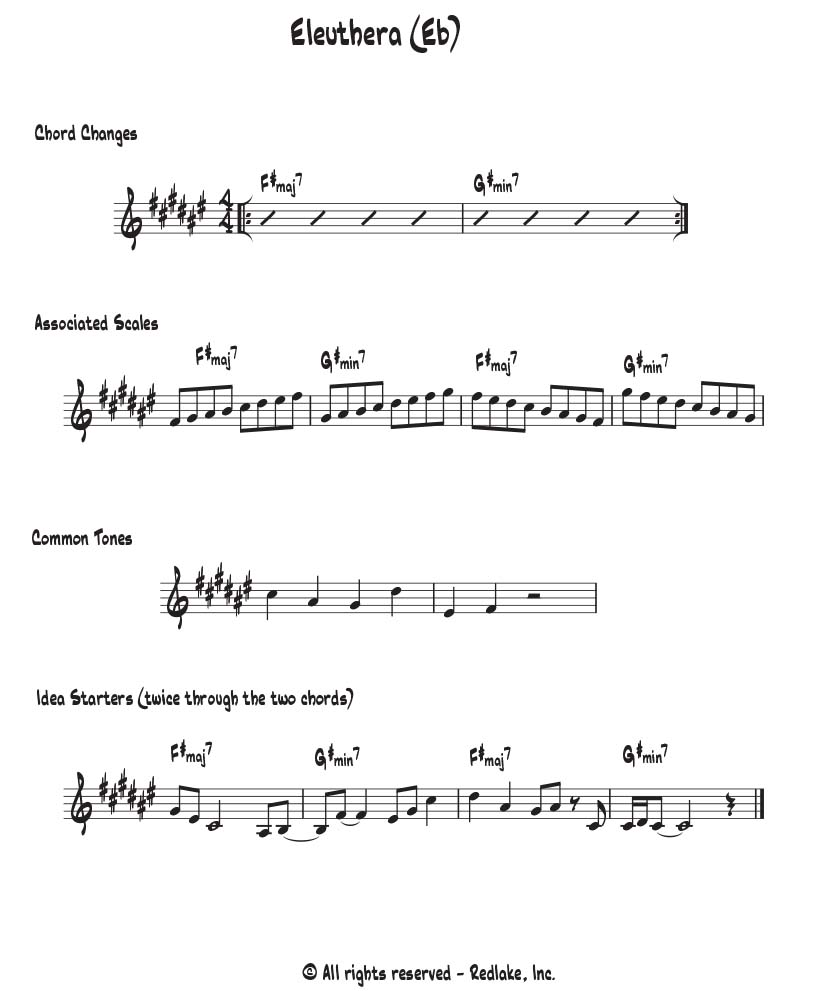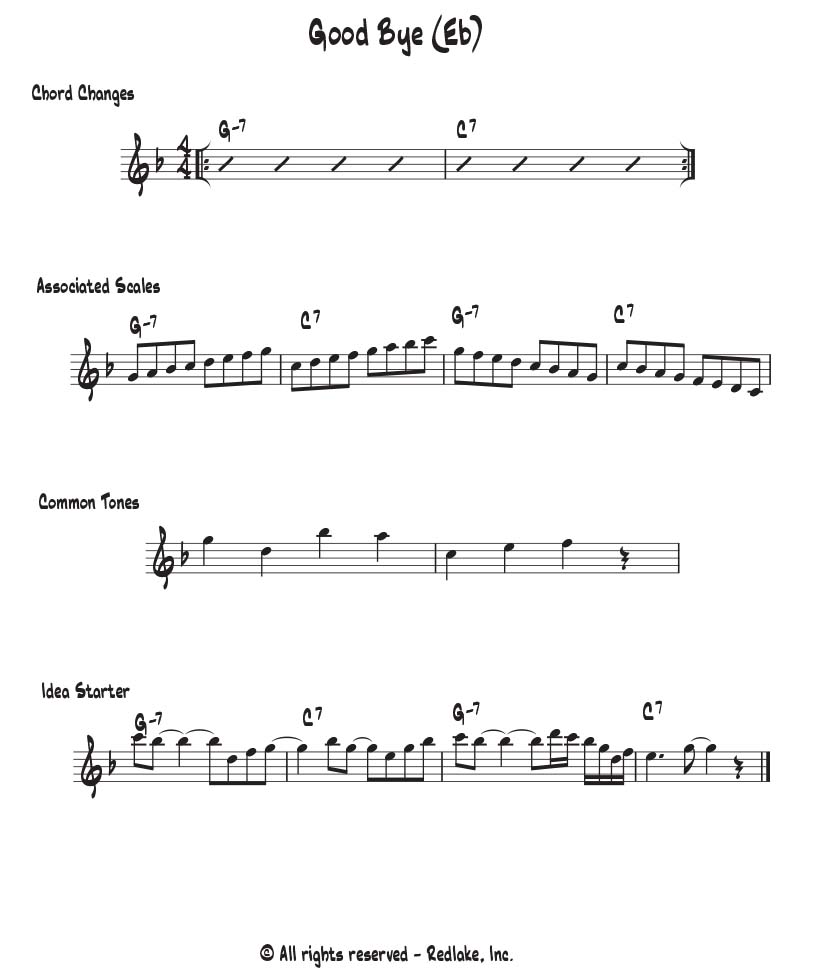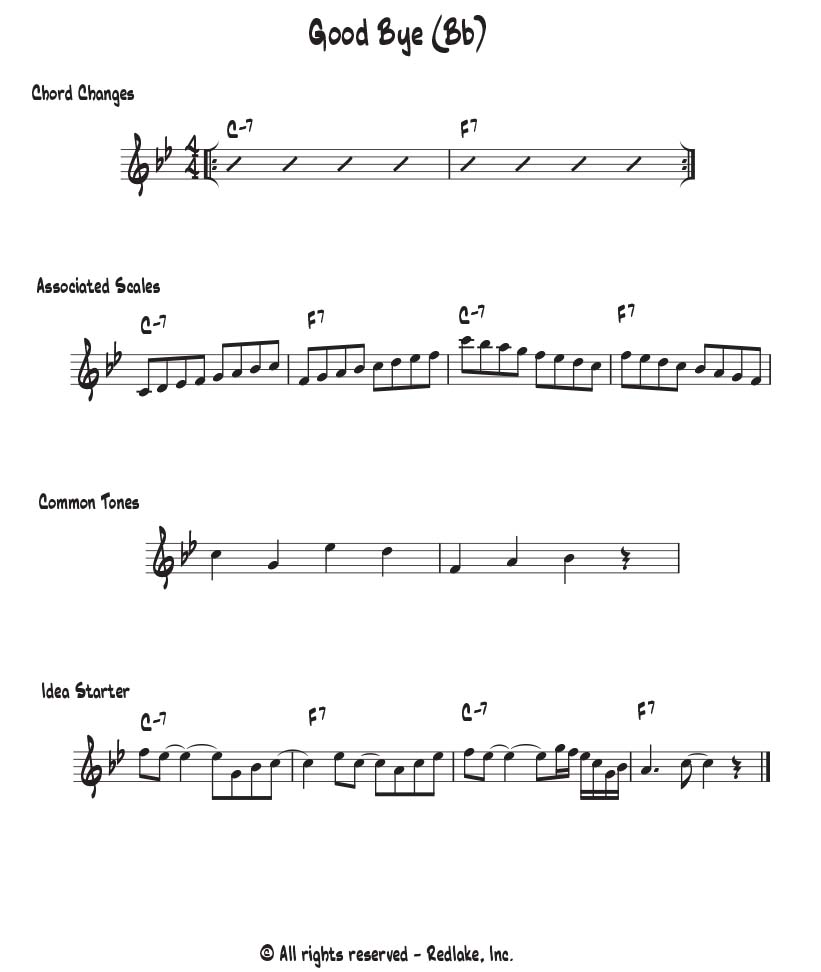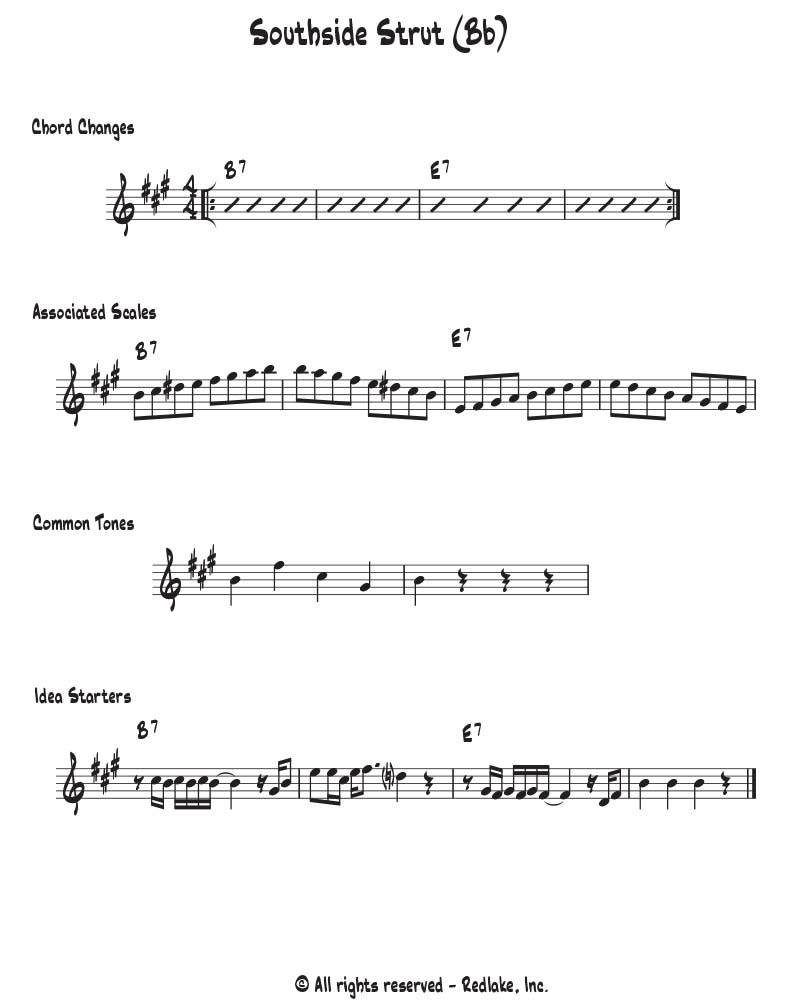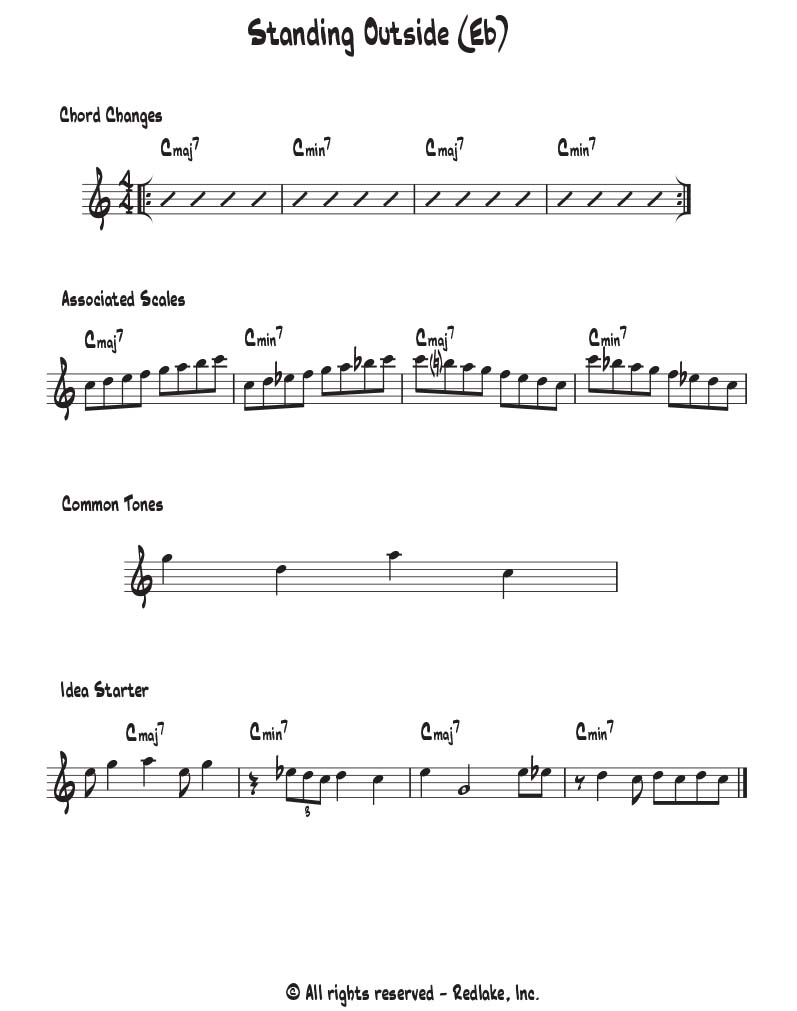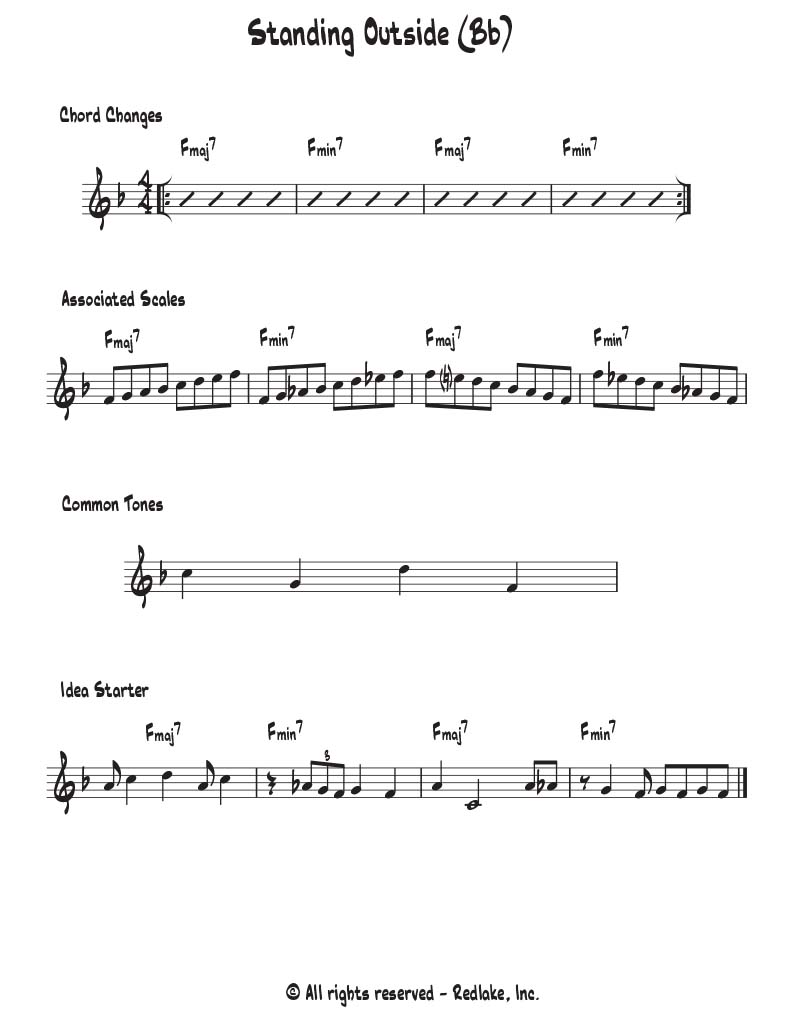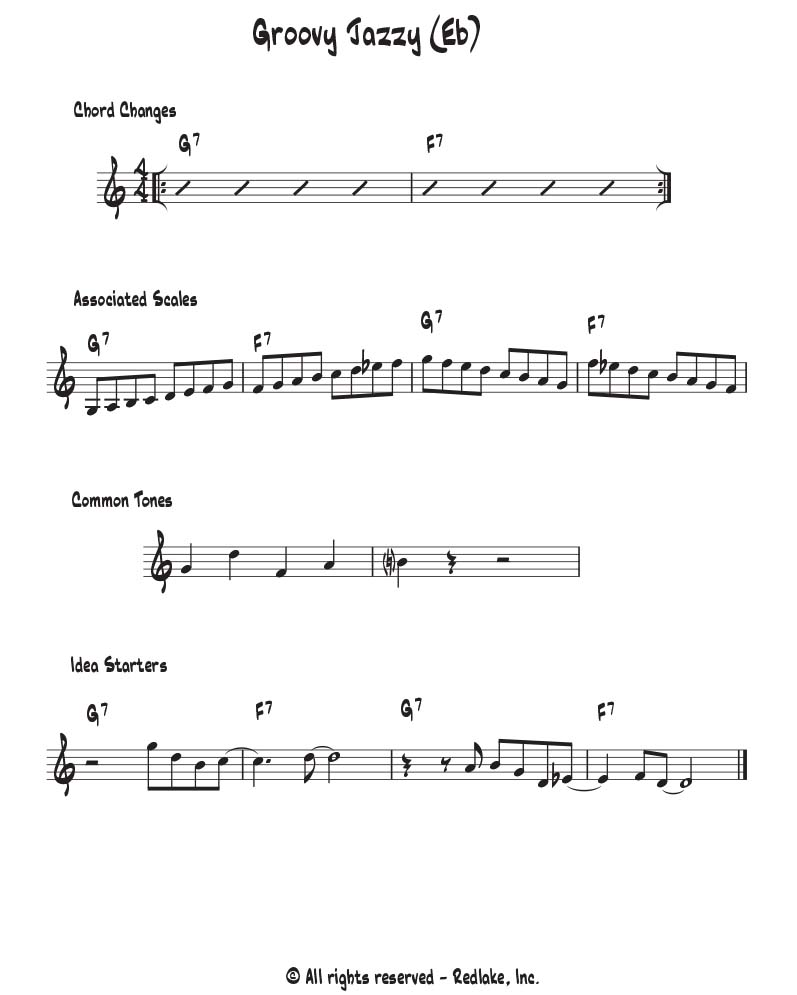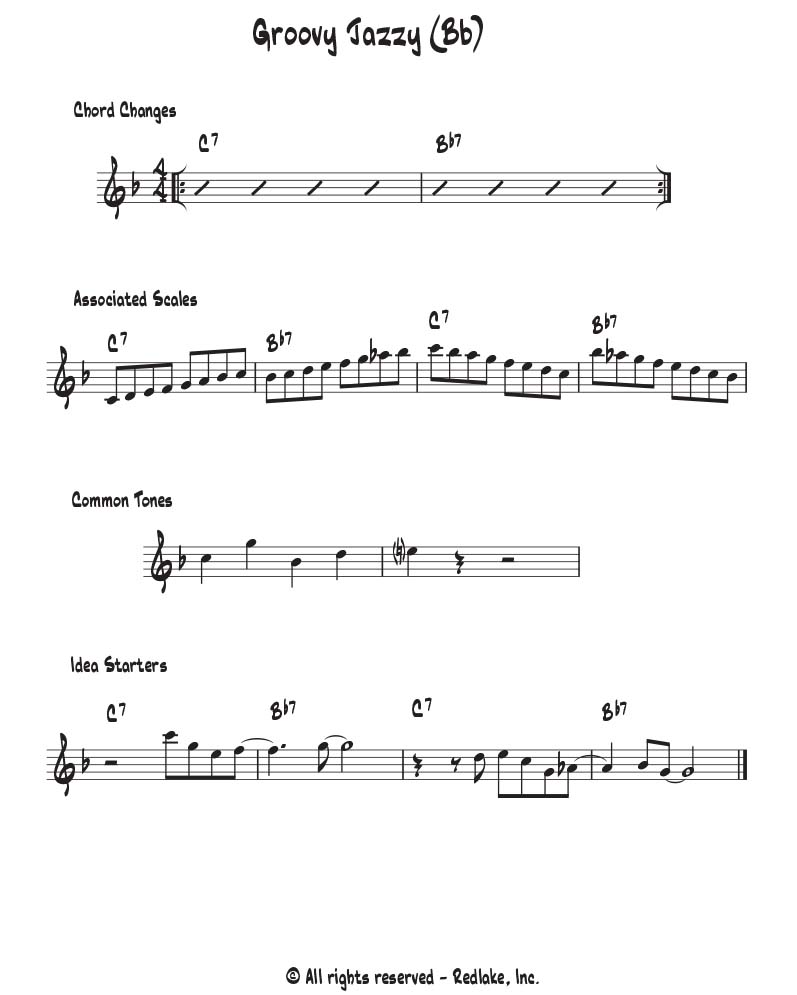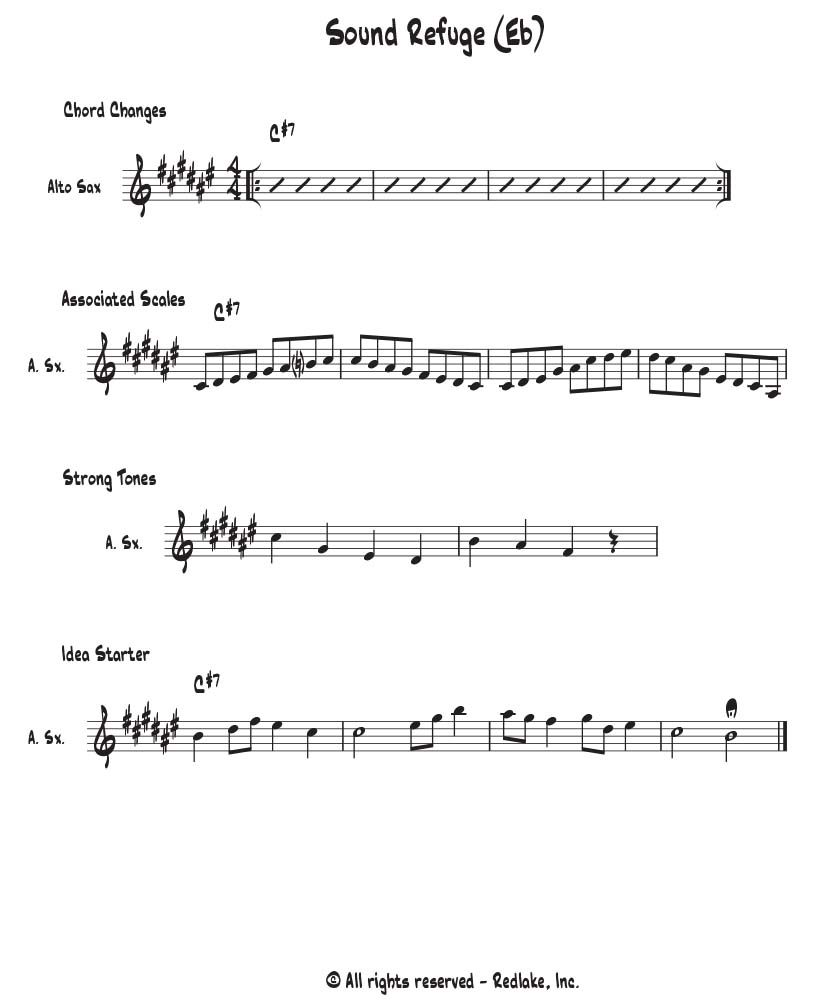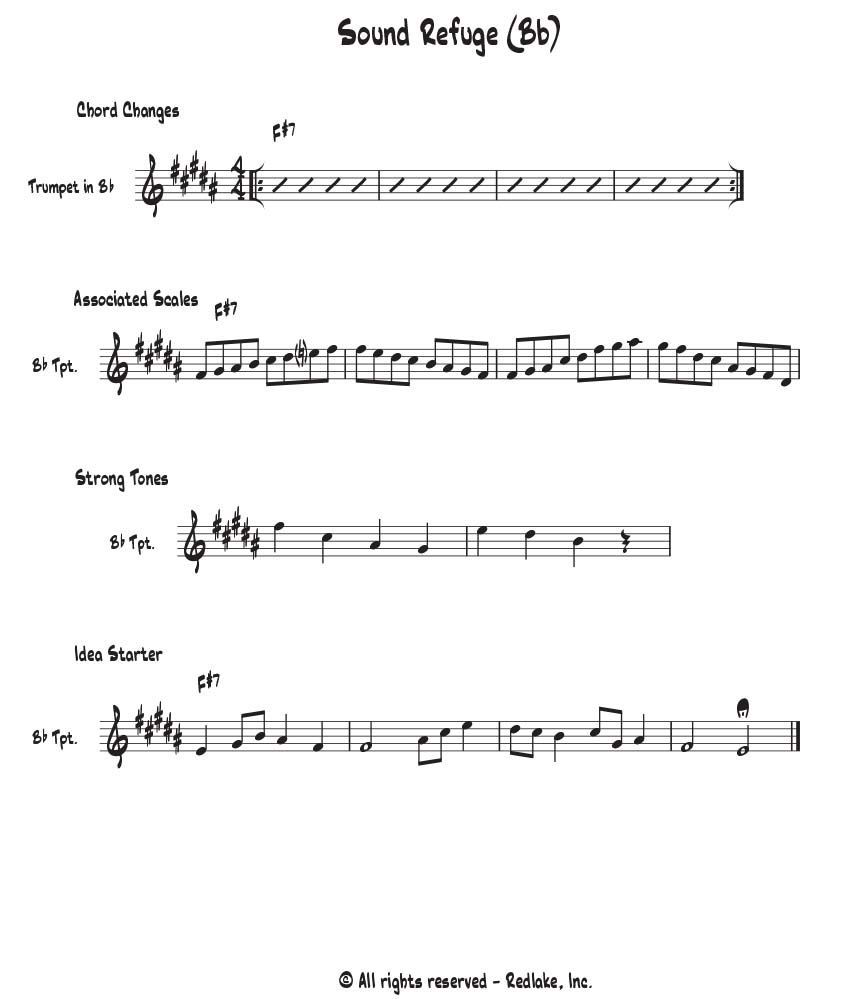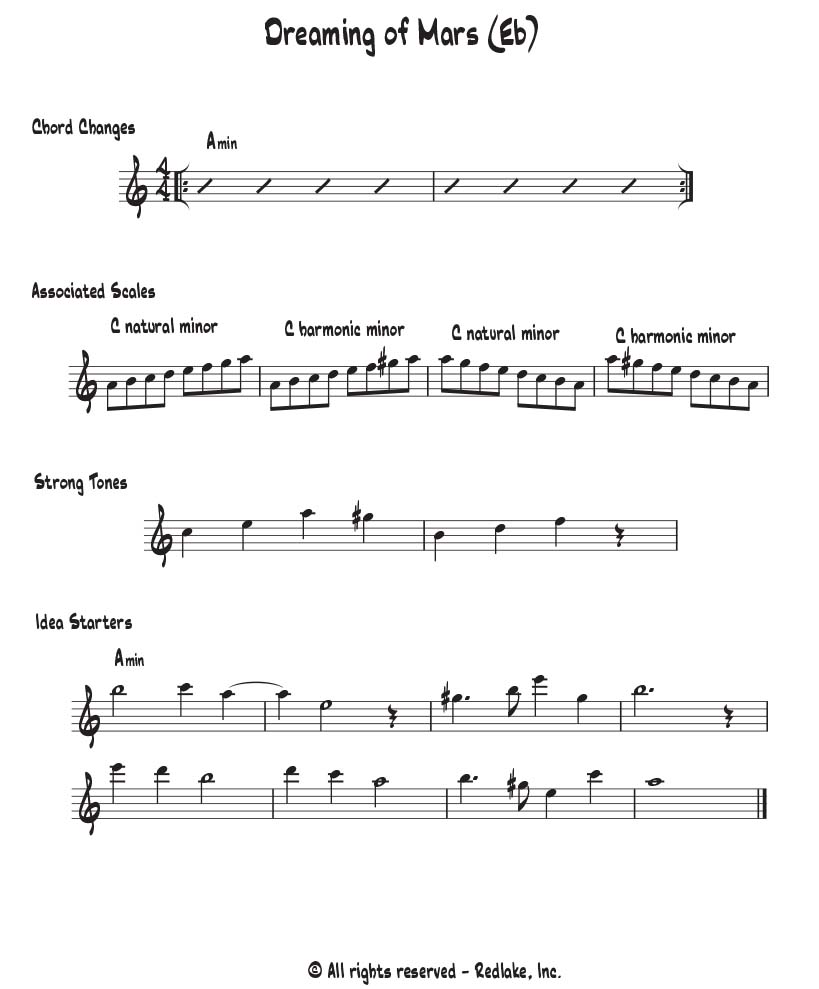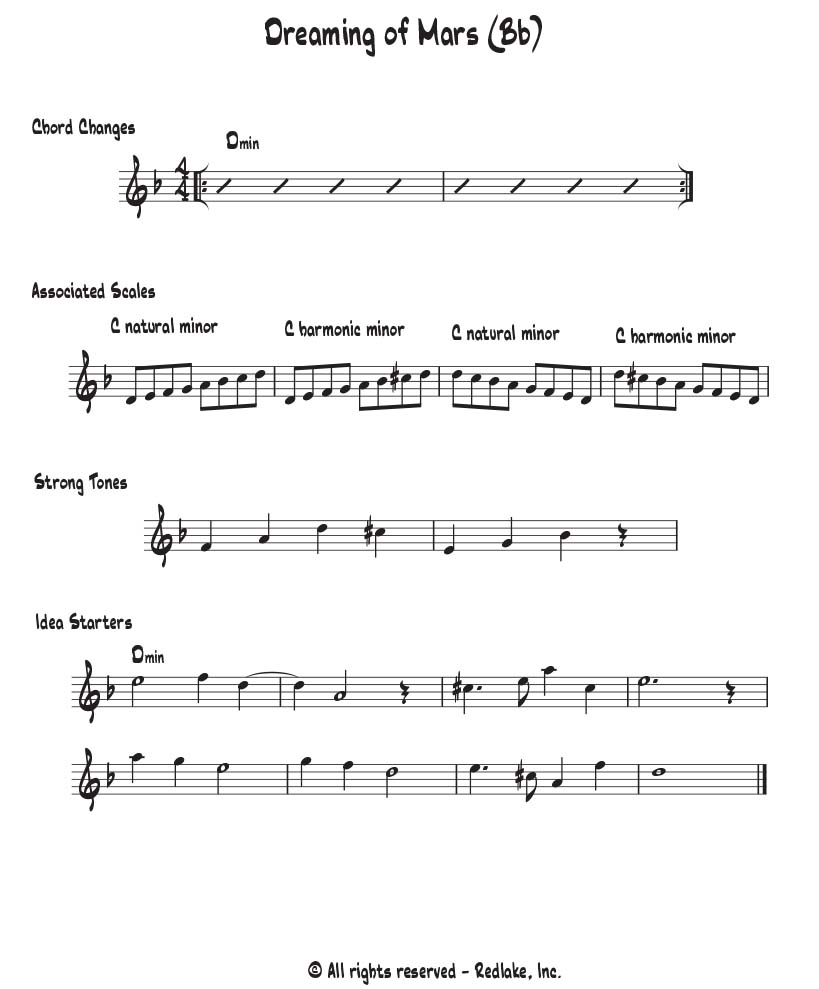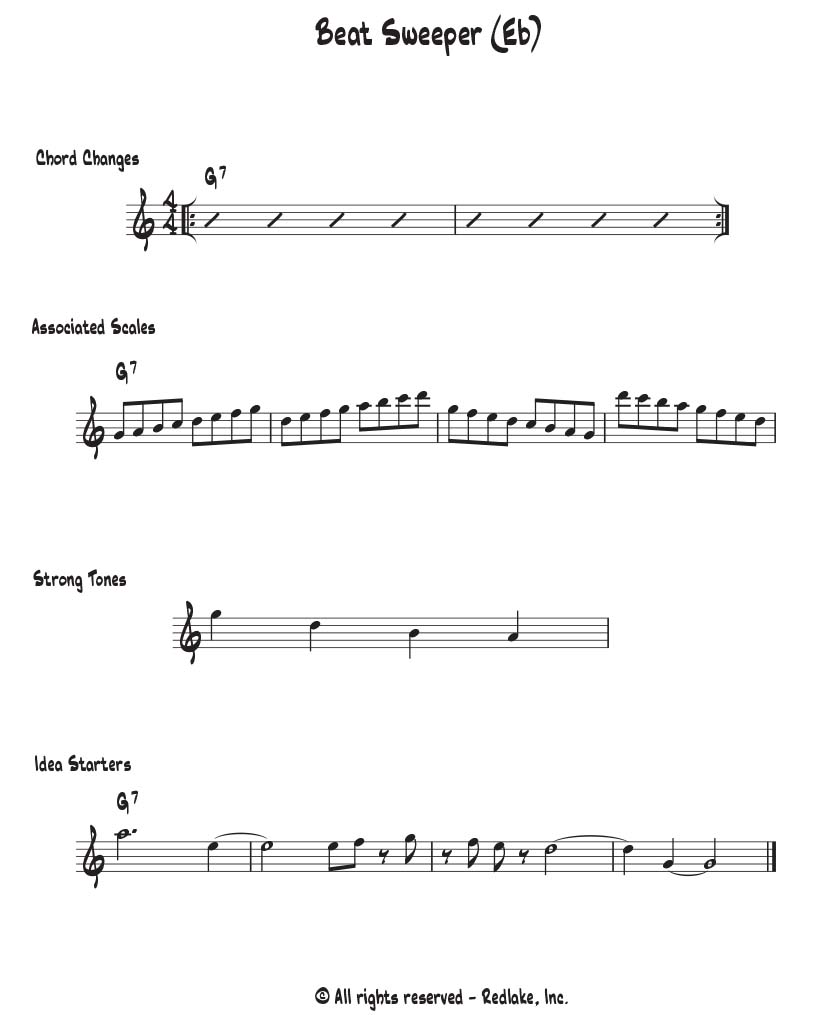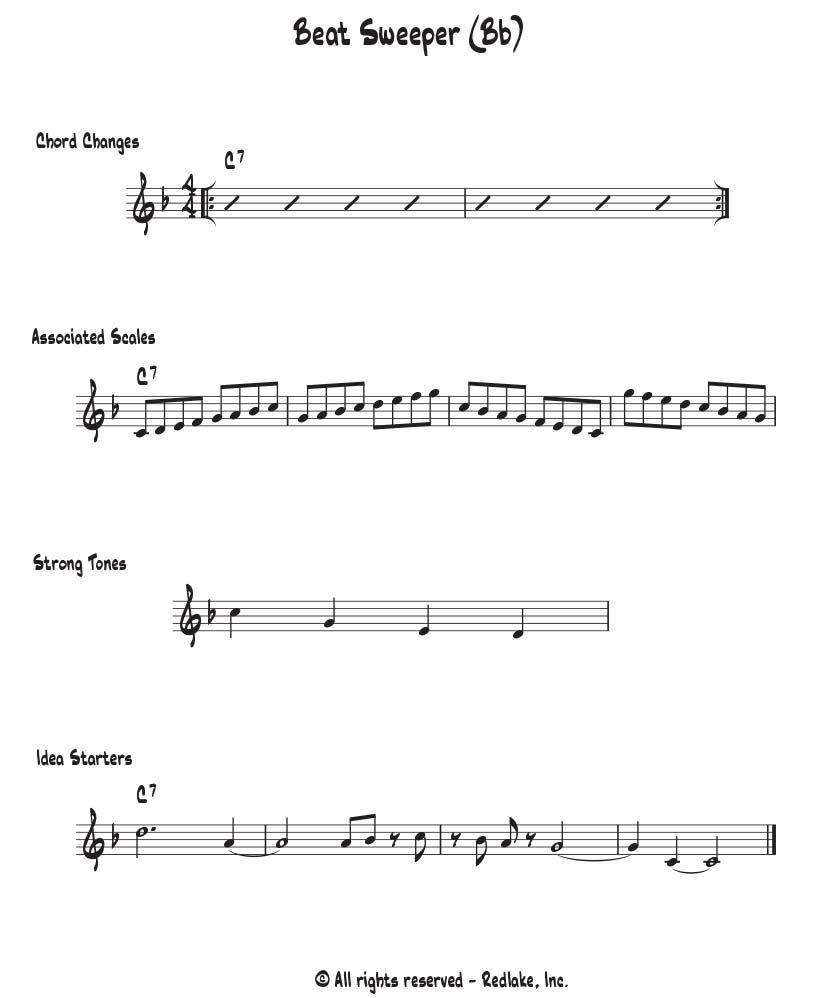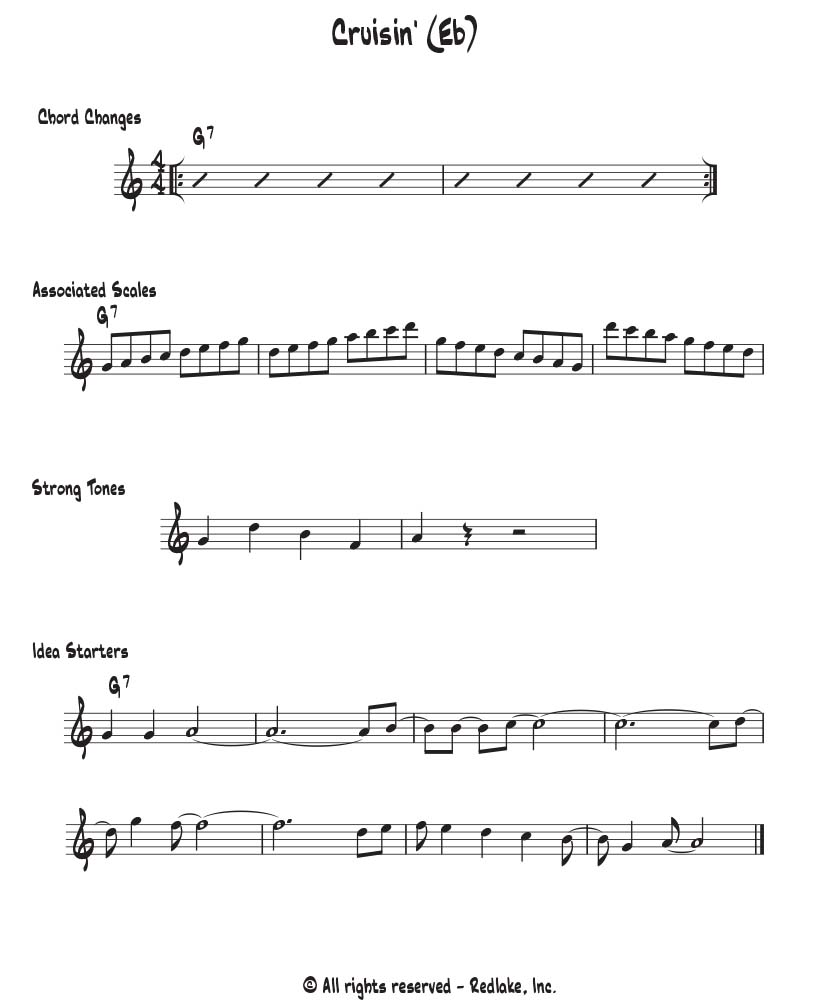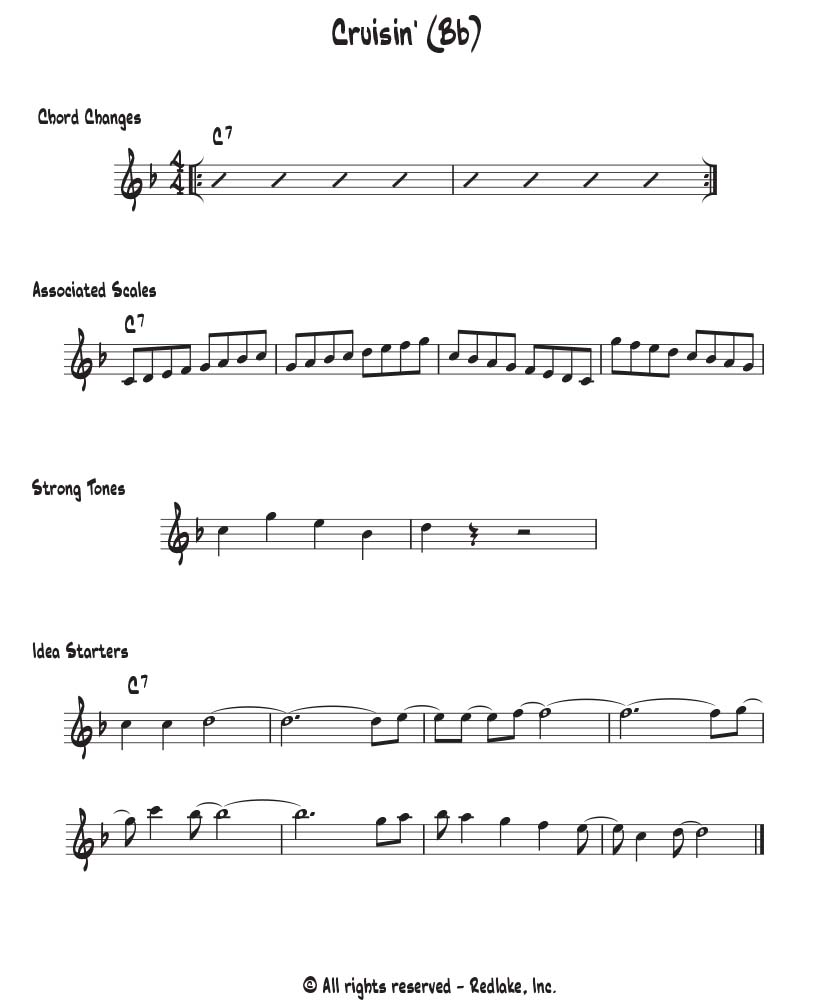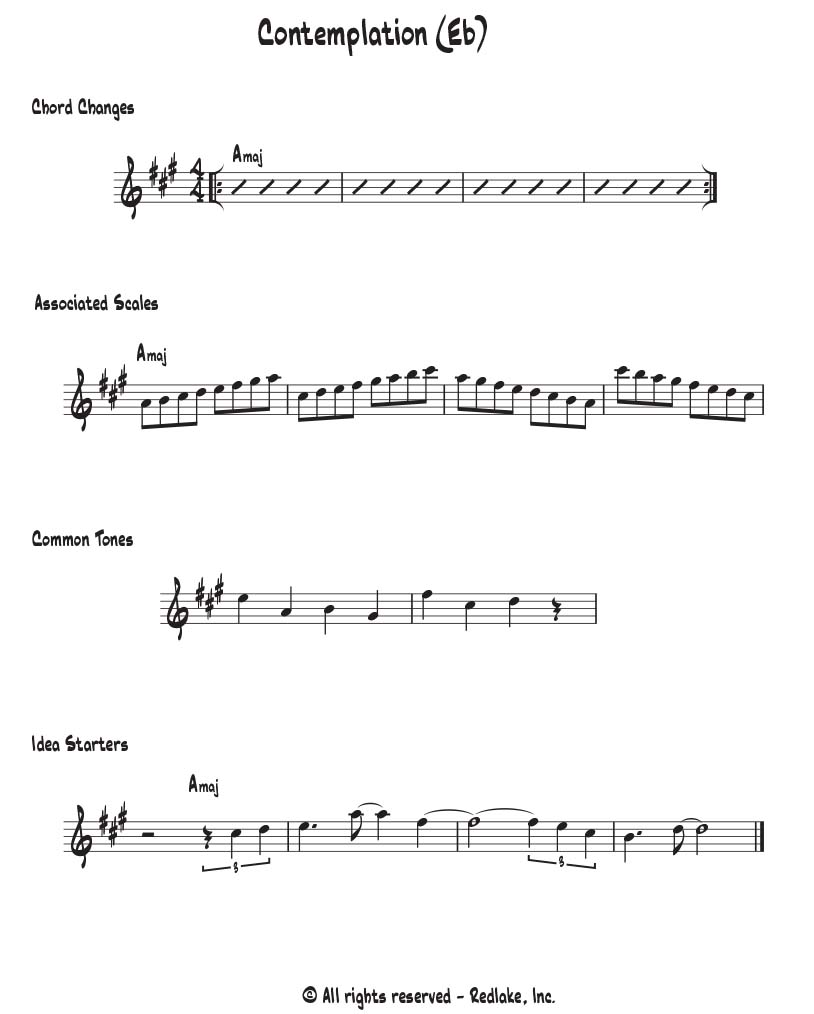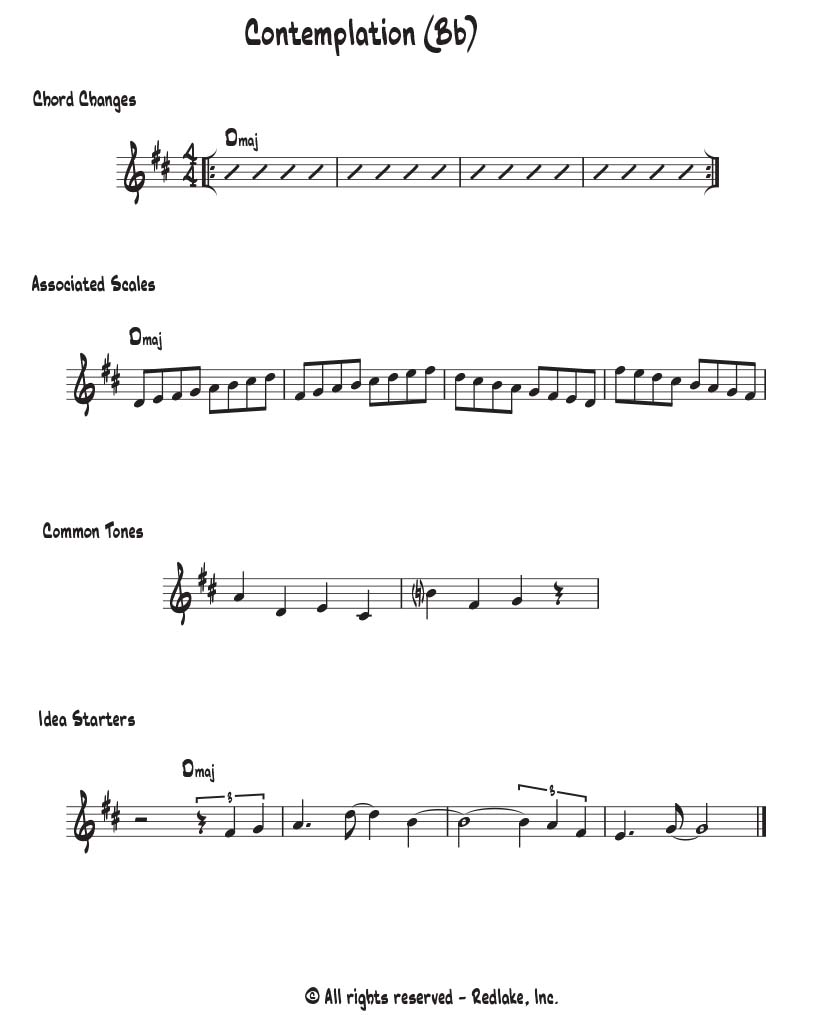Better Swing from Beats 2 and 4
How is your sense of time? Is it consistent? Does it swing? Can listeners not help themselves but tap their foot when listening to you play? These are all questions worth asking yourself.
This lesson focuses on playing within the offbeats of 2 and 4. Jazz players may be familiar with the pulse of 2 and 4 but don’t necessarily hear those beats as the strong elements of swing and good time. In fact, many less experienced players have trouble picking out 2 and 4 from the pulse of the beat and instead feel the strong beats of 1 and 3, robbing them of the ability to swing with good jazz time.
In this lesson you will learn about the importance of 2 and 4, and will be provided with some exercises that will orient your mind to those important off-beats. Time is a critical element for good sounding jazz playing. If you hear your time being less than ideal, this lesson will give you some important insight into helping you sound like a more skilled jazz player.
Video transcription
Time, in my opinion, is the most important element of playing jazz. Well, I think it’s more important than note choice. You know, we’re all so obsessed with finding the right notes to play over F 7 flat nine. But I think we should be more obsessed with the feel of our phrases, regardless of whether we’re hitting all the right notes. The number one affliction of inexperienced players that I hear is that they rush and even if the metronome says that their eighth notes are clock accurate, they sound rushed, they sound anxious because the phrases they play are emphasizing the downbeat of one, actually one and three, but one in three is for marching bands.
00:56 – 01:01
But jazz emphasizes the offbeats of two and four, right?
I’ve noticed that many aspiring jazz players have trouble hearing two and four. So in this lesson, what I want to do is give you some thoughts on hearing two and four. Why should you care? Well, because I think it’s going to take the emphasis off of the downbeat in your playing, you know, listen to a recording of your playing. Do your phrases predominantly start on the downbeat of one probably more than you realize, you know, because your focus is on the start of each bar, listen to a jazz rhythm section. Two and four is being hit with the drummer’s high hat or snare.
01:54 – 02:41
The audience could be tapping on two and four clapping, tapping their feet. You know, these are the weak beats and they give your playing swing or, you know, syncopation, a forward motion rather than feet on the ground from a marching band. Notice something else that two and four does: it frees you from aiming for the downbeat of one. You, you have the freedom to hit one wherever you think it should be. Listen to great jazz players, their feel for time is part of their musical thumbprint, their fingerprint. Listen, for instance, on how Dexter Gordon places his notes as opposed to where Bill Evans places his notes, they both swing.
02:42 – 03:21
But they have a different feel. They have a different time personality. And I think the freedom to place one or other notes on the strong beats of one and three is what give jazz its swing, you know, its groove, one and three isn’t being dictated. So let’s see how well you hear one in three, I’ll give you a click at a moderate temple, let’s say 80 beats per minute off of a metronome. And what I want you to do is I want you to count 1-2-3-4 with those metronome clicks being the two and the four. So something like this…
03:31 – 04:23
So do this yourself and set the metronome for 80 to start and consider those clicks to be two and four. Now, here’s the trick, the trick once you start the metronome, how quickly can you lock into those clicks as the offbeats of two and four? Now, when I do this live with people, one thing they like to do is they simply count 1-2-3-4 and then they try and fit that within the metronome clicks of two and four, but they’re not hearing two and four as the jazz beat, they’re conforming, they’re counting into the clicks. So even if you can kind of force your clicks into the metronome or your count into the metronome, clicks of two and four, it doesn’t matter. What matters is that you hear those clicks as the offbeats to a swing feel. All right. So again…
04:25 – 04:30
It’s Christmas. I can’t help myself. Now, we’re not using the metronome to make more accurate time, right? The lesson of this is setting the metronome not on just four quarter notes and playing for clock accuracy on each beat. That’s not jazz time, that’s marching band time. What we’re doing is using the metronome to help orient your feel for jazz time to the offbeats of two and four. Now, after you start to hear two and four, play a melody over it. So again, start the click and see how fast you can start hearing and playing the melody within those offbeats.
05:24 – 06:05
Can you feel it now increase the tempo once you can get that down because making this faster will be kind of harder to form. Fit the 1-2-3-4 as I warned not to do earlier, last start to play something on the beats of two and four in your mind, not on a metronome. And once you lock into that in your mind, record yourself playing and listen back and see if there’s a difference in your swing. Now, it won’t magically appear. But after some time of doing what I’m giving you this lesson and building the reflex to hear this is two and four and that’s your groove.
06:05 – 06:53
You know, I think you’re gonna like your feel better. I know you’re not gonna rush as much or if at all and this may be difficult for you, by the way. And if it is, celebrate that you’ve found one big reason why your swing isn’t where you want it to be and possibly why you rush and yes, you probably rush because you’re not hearing this. So feel free to send me a sample of your playing. And the only thing I ask of you is that you give me your assessment of what that time felt like. So I get a sense of what you’re hearing in your own time and I’ll be happy to respond to you and give you my sense. And maybe a couple of tips on getting you better oriented toward a jazz field. So have fun with this.

